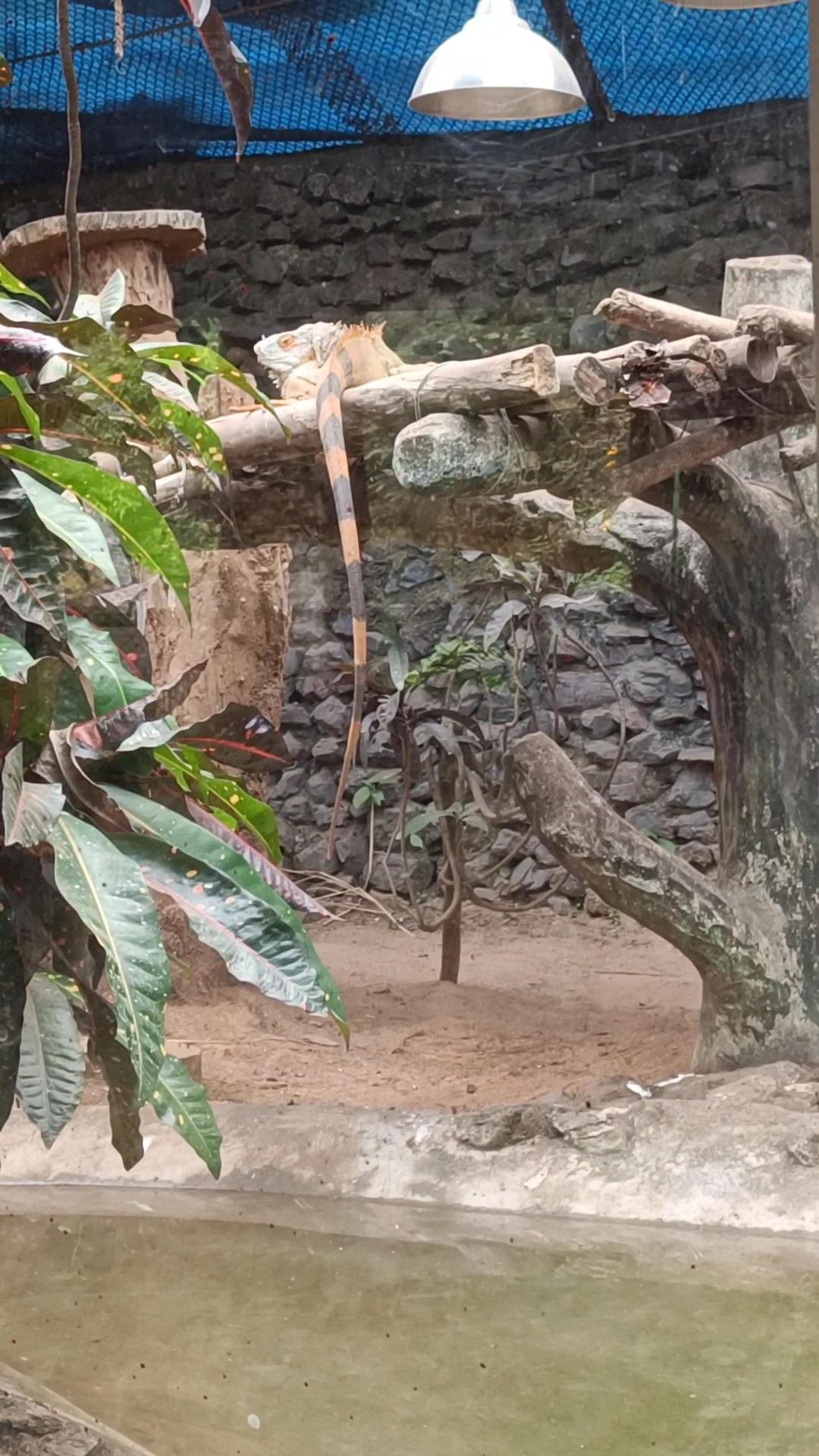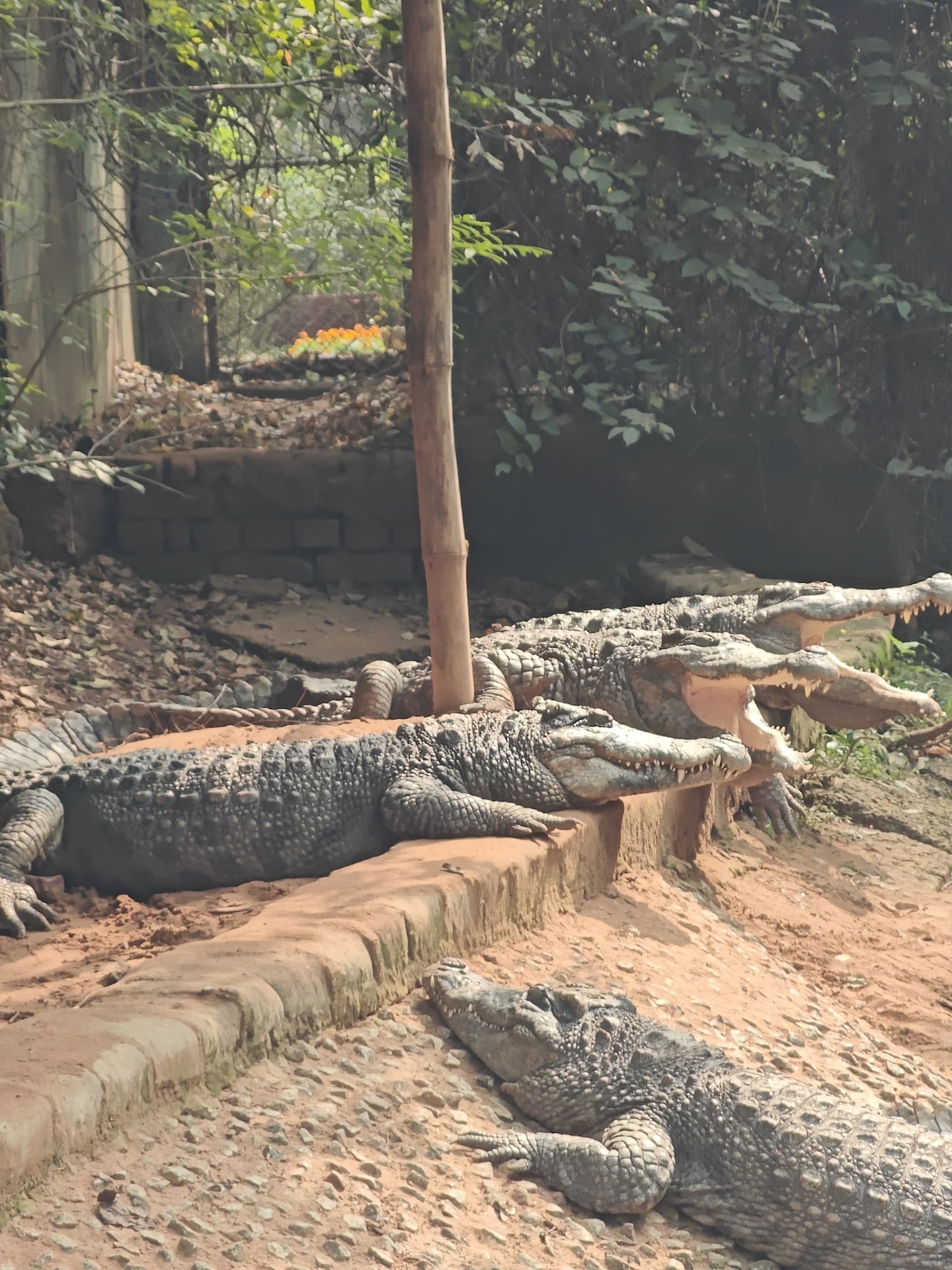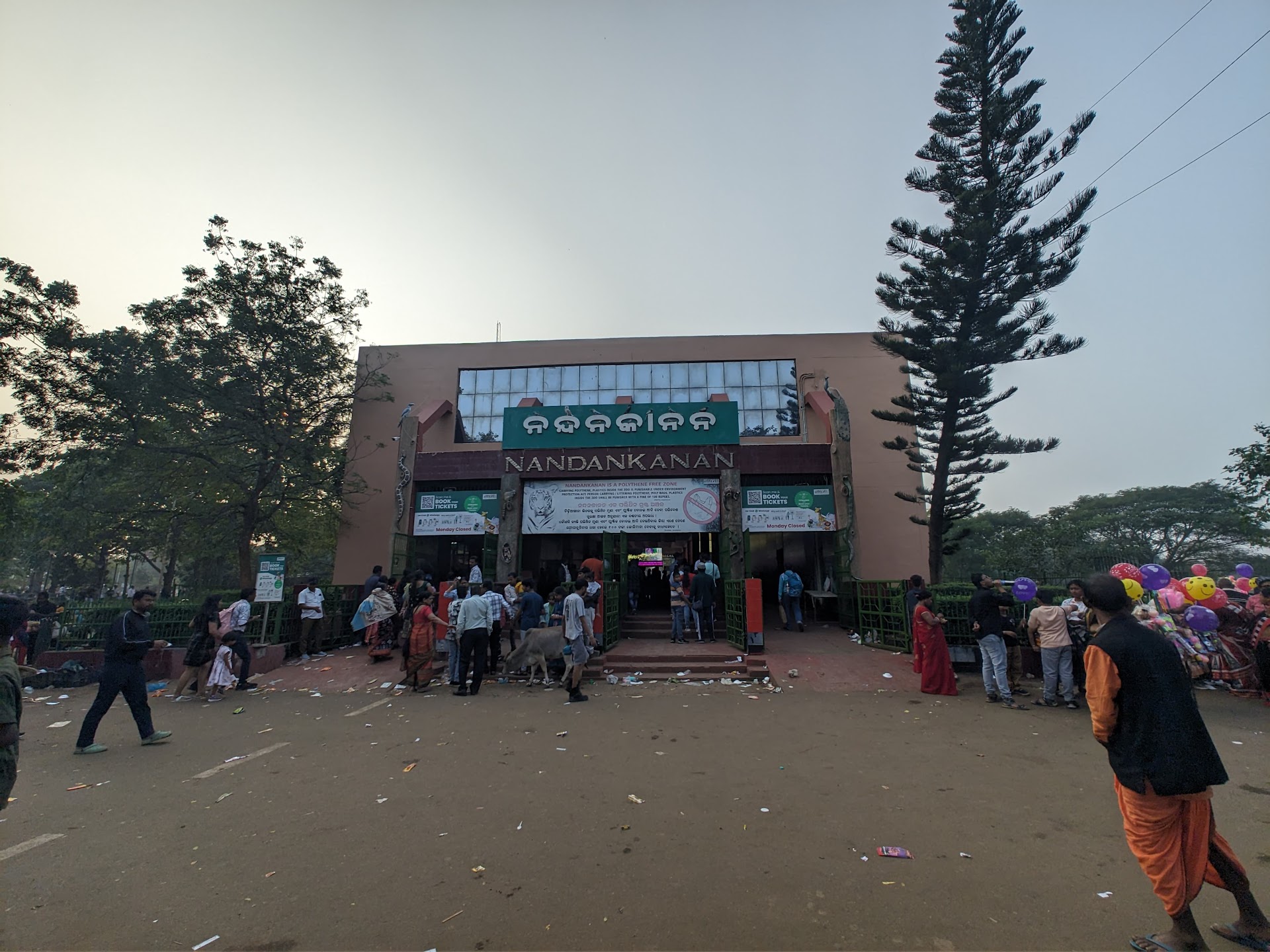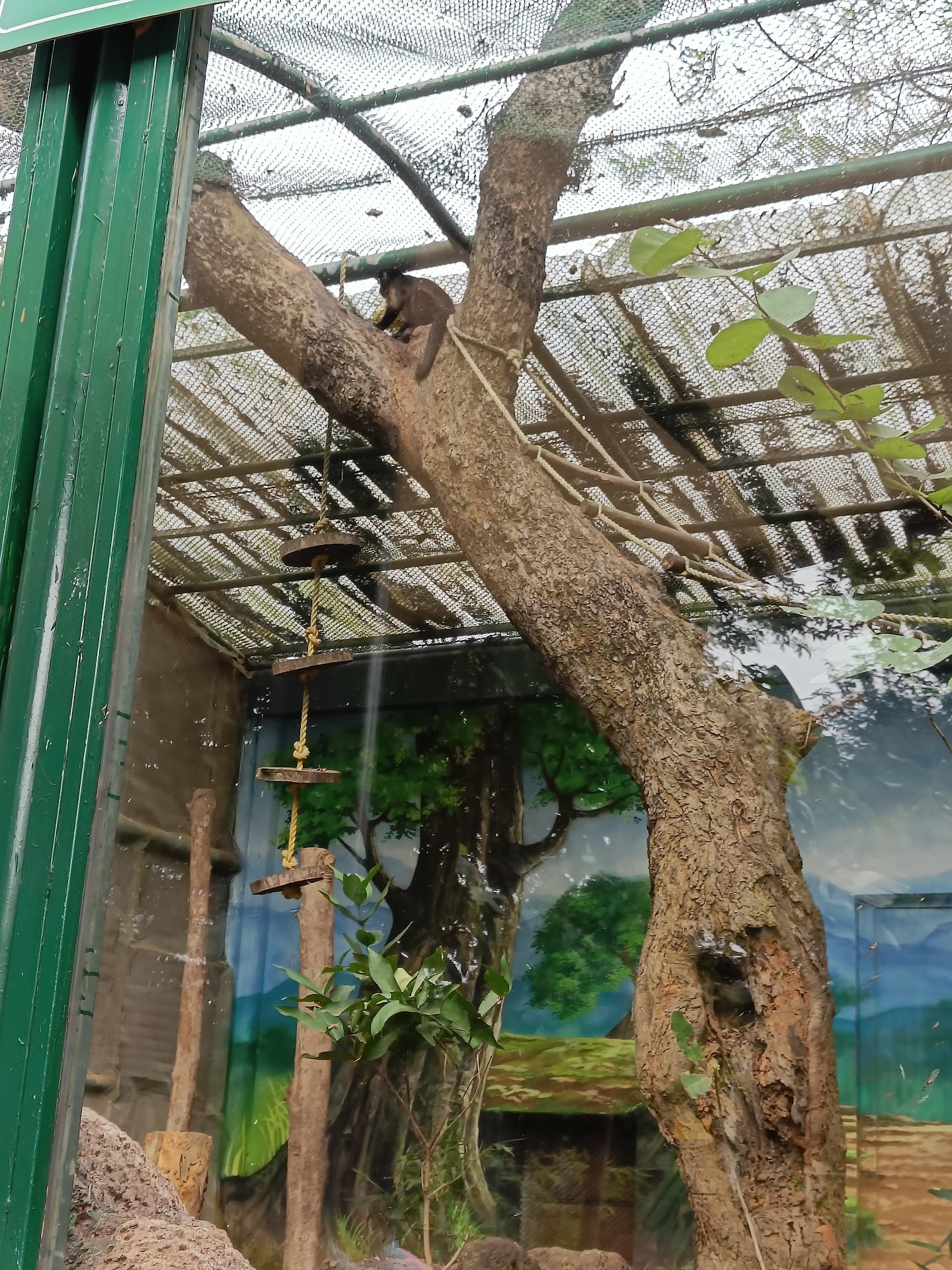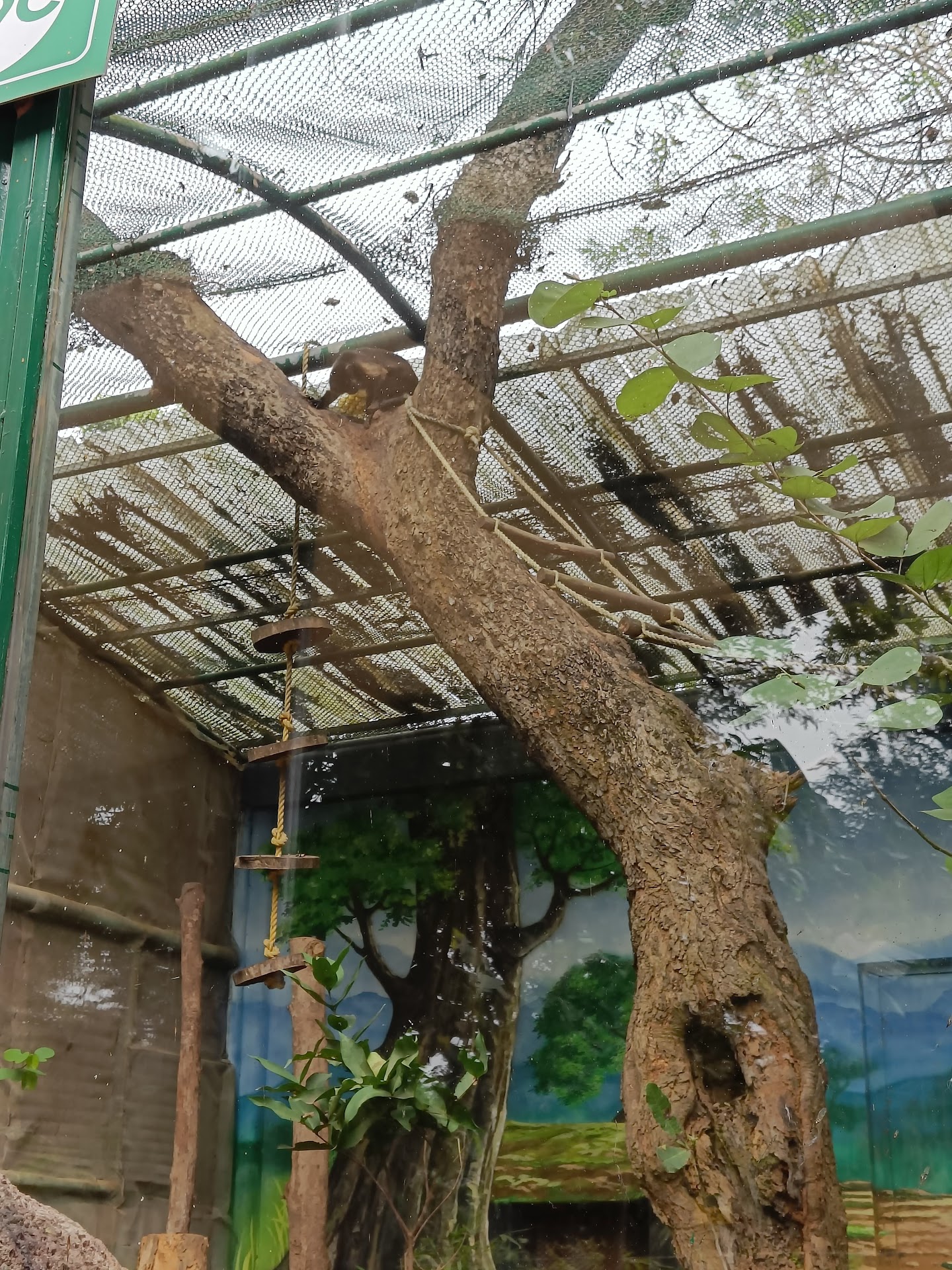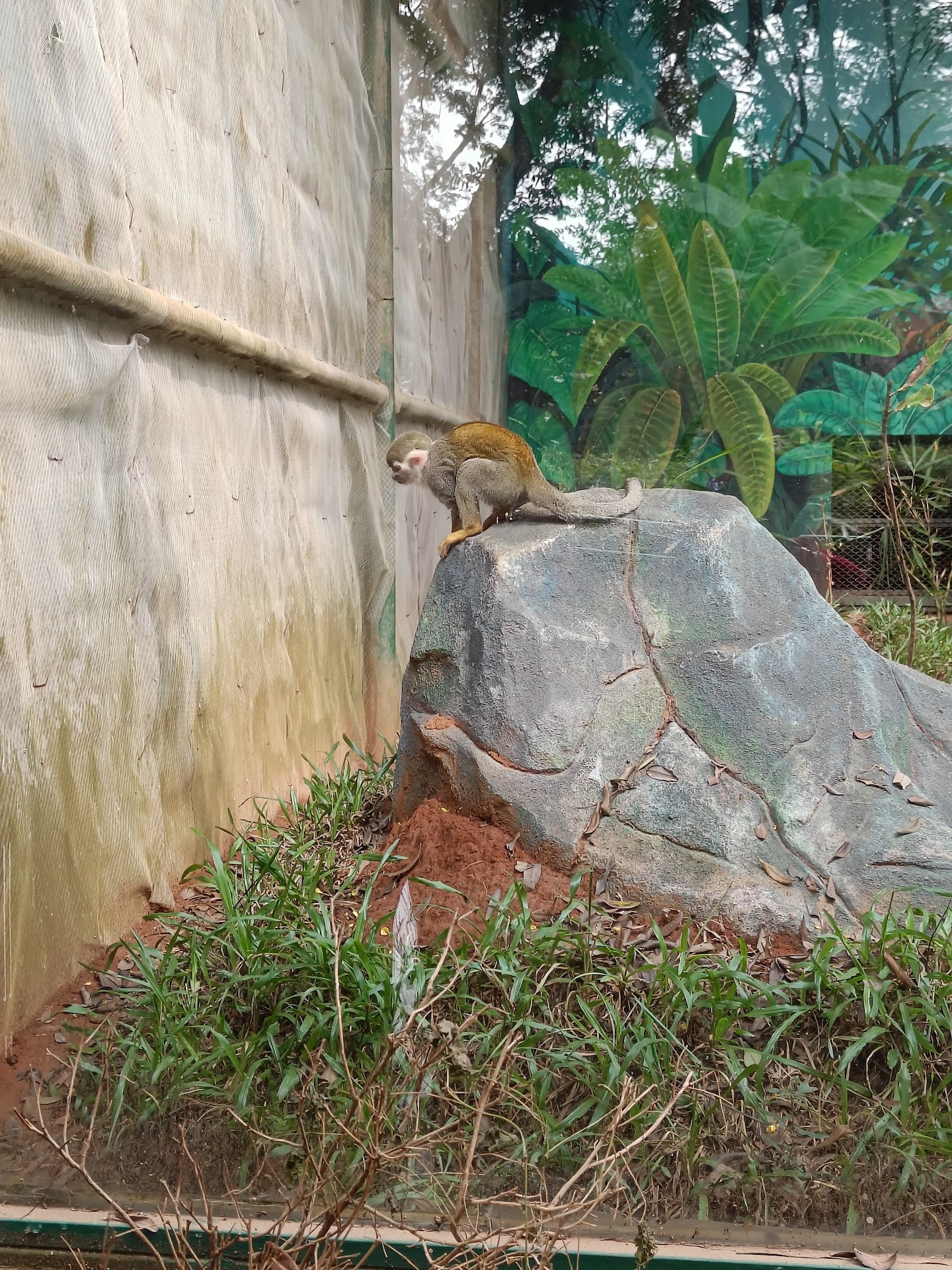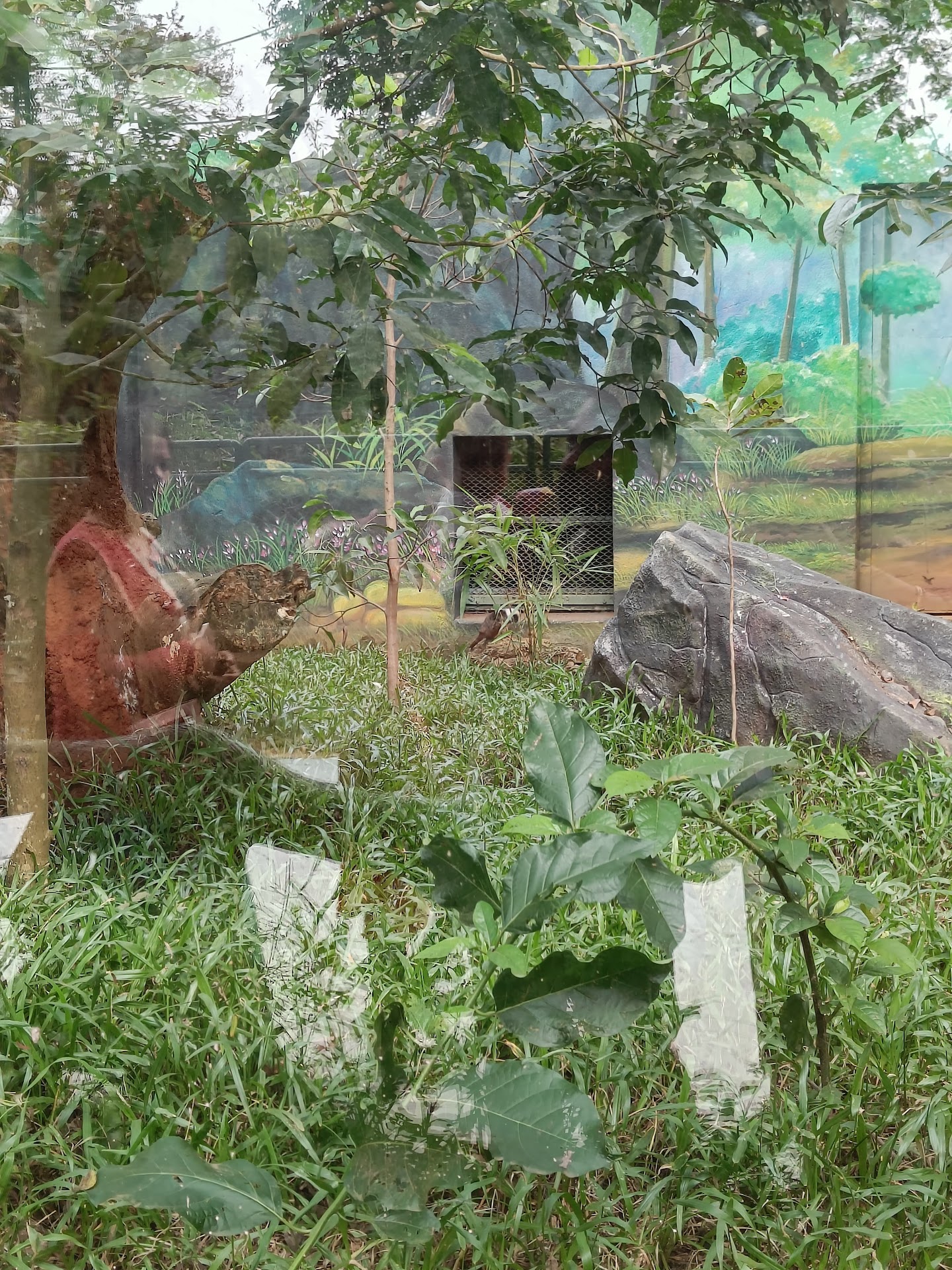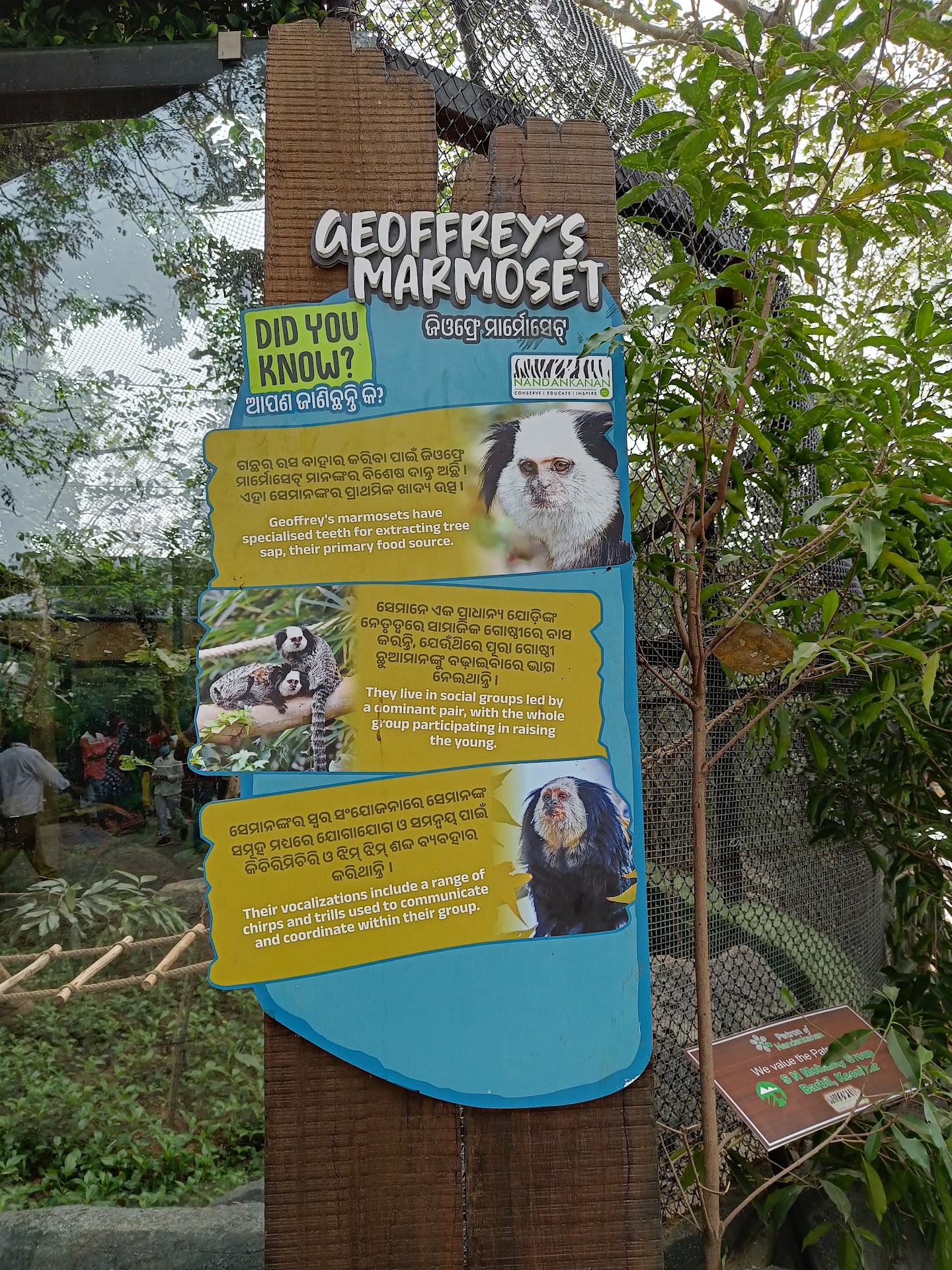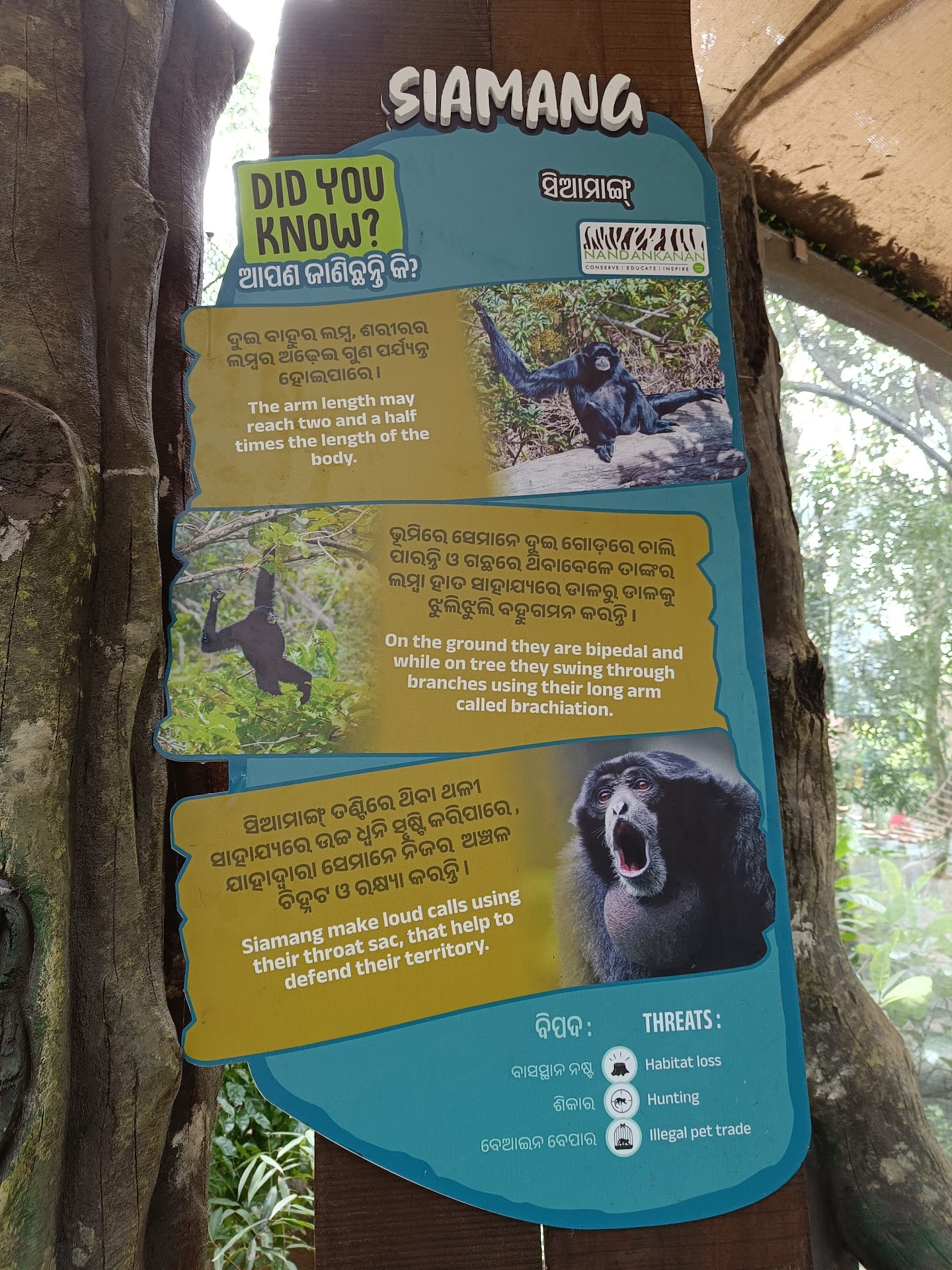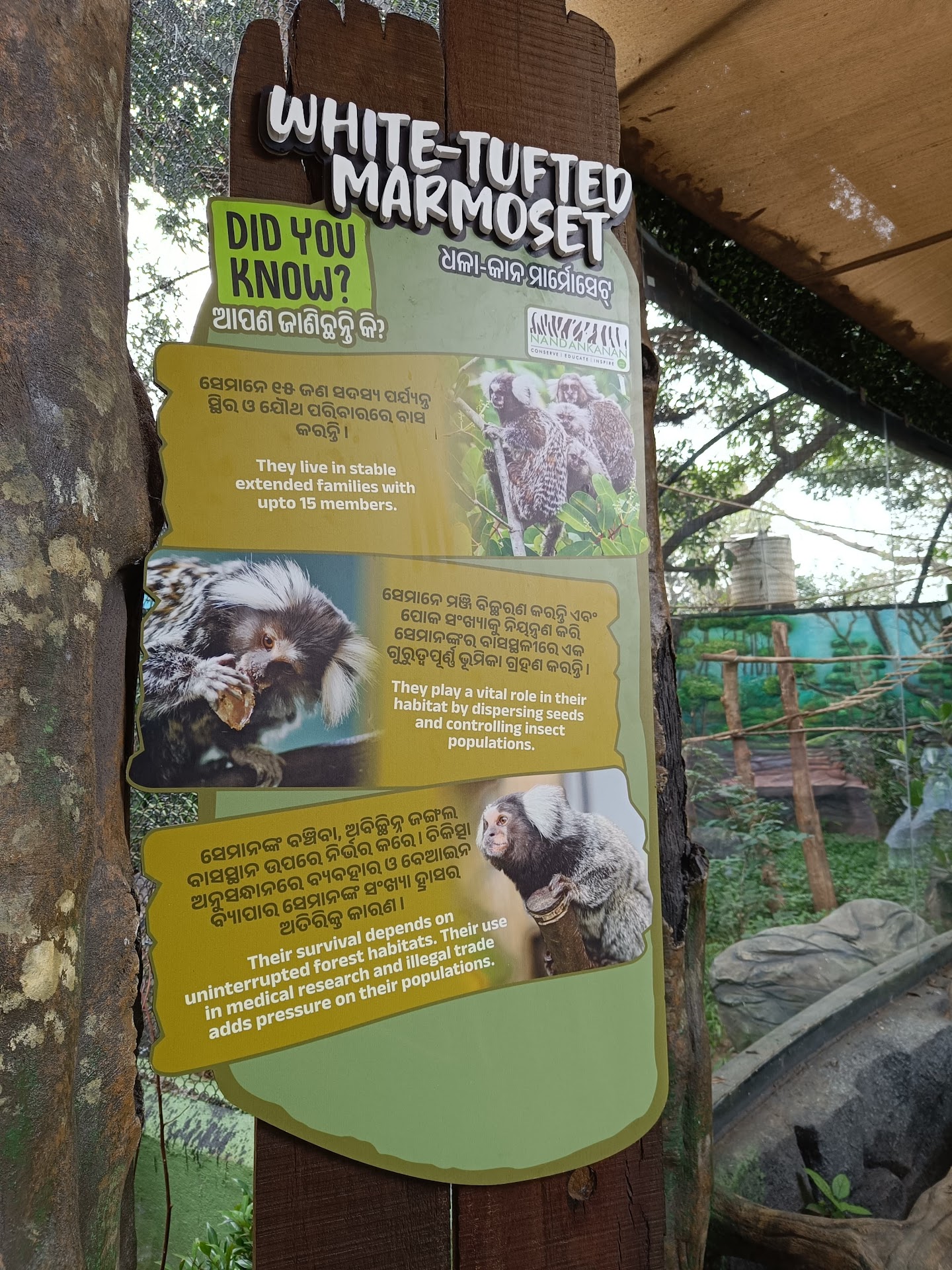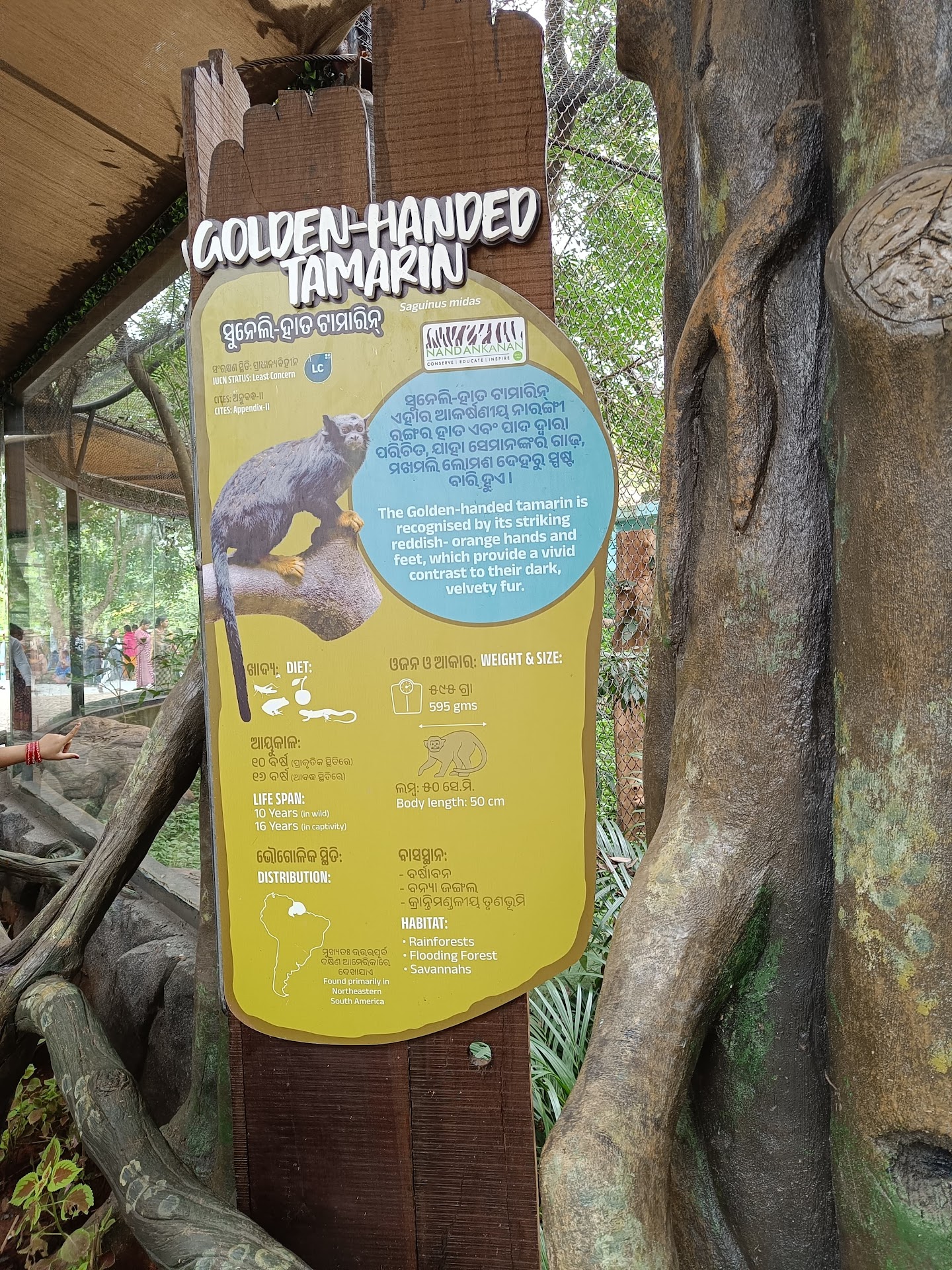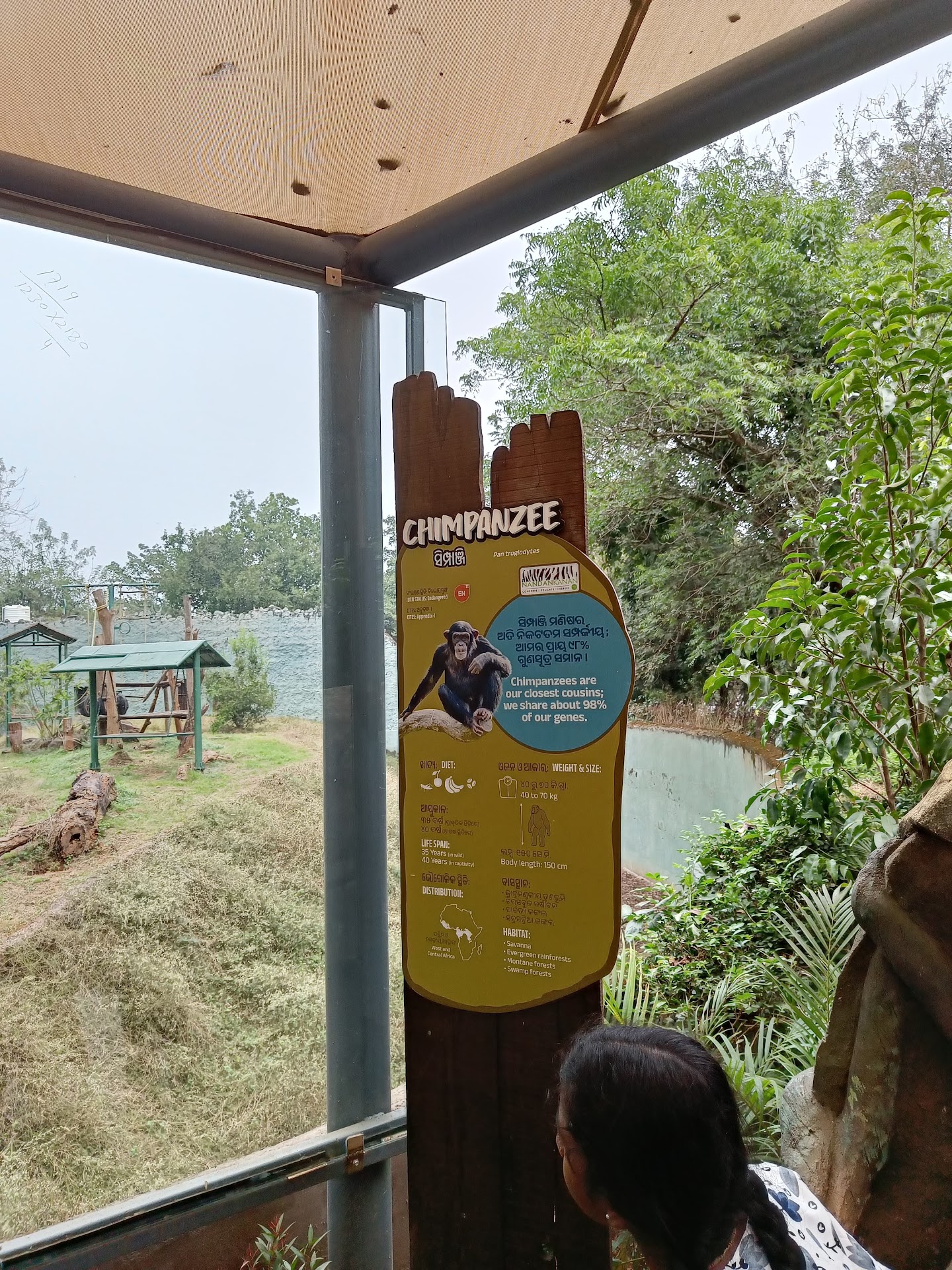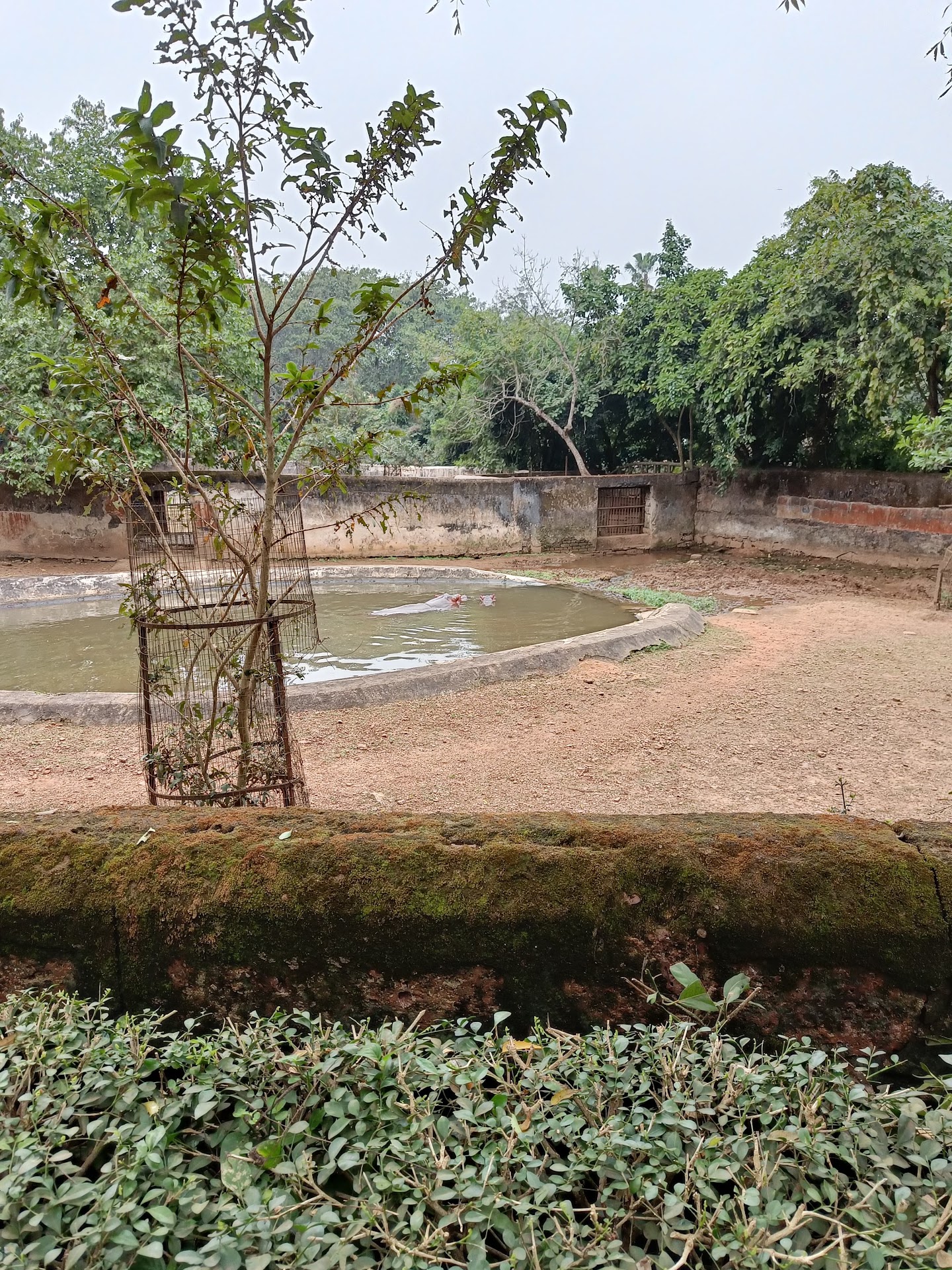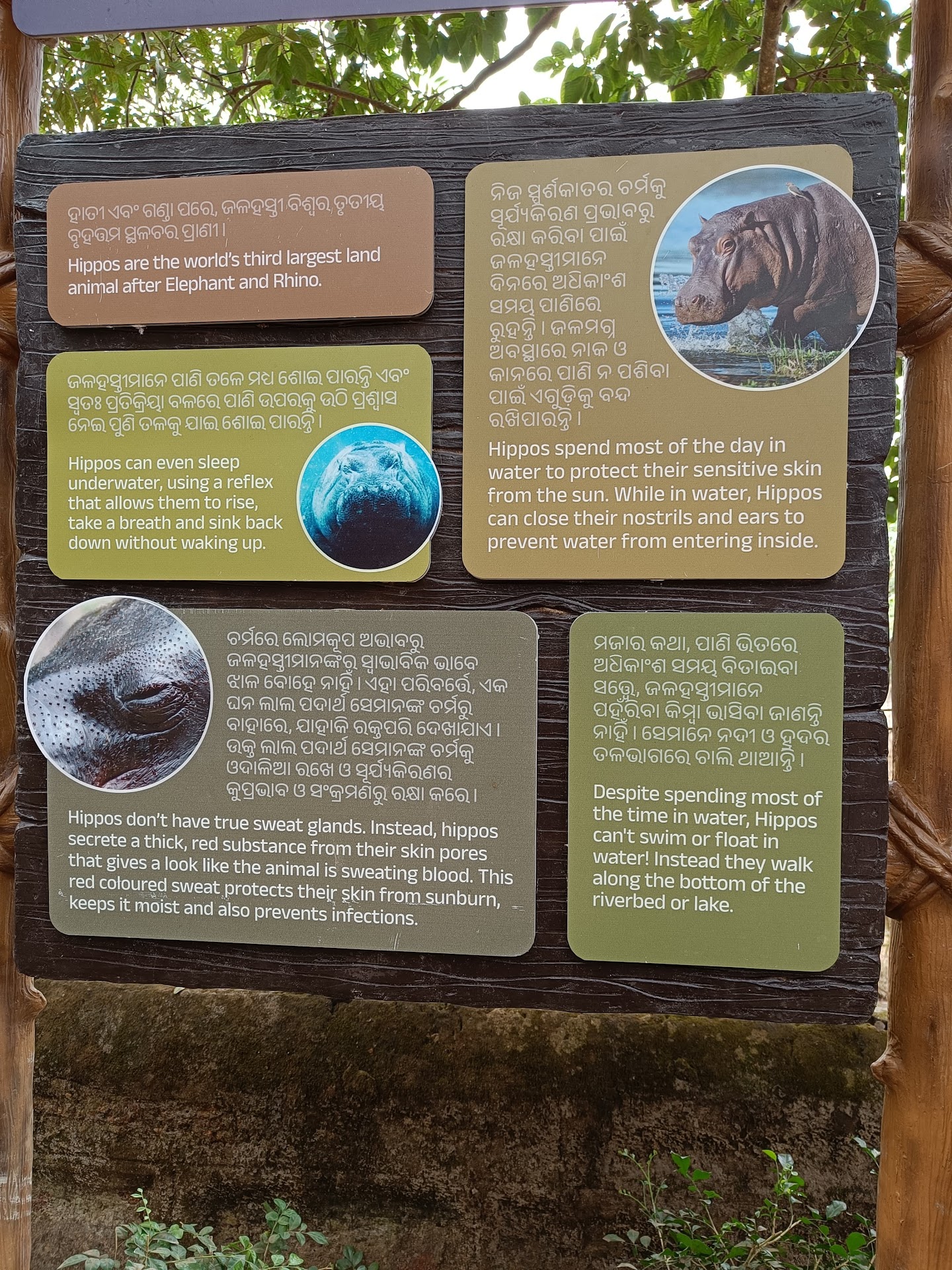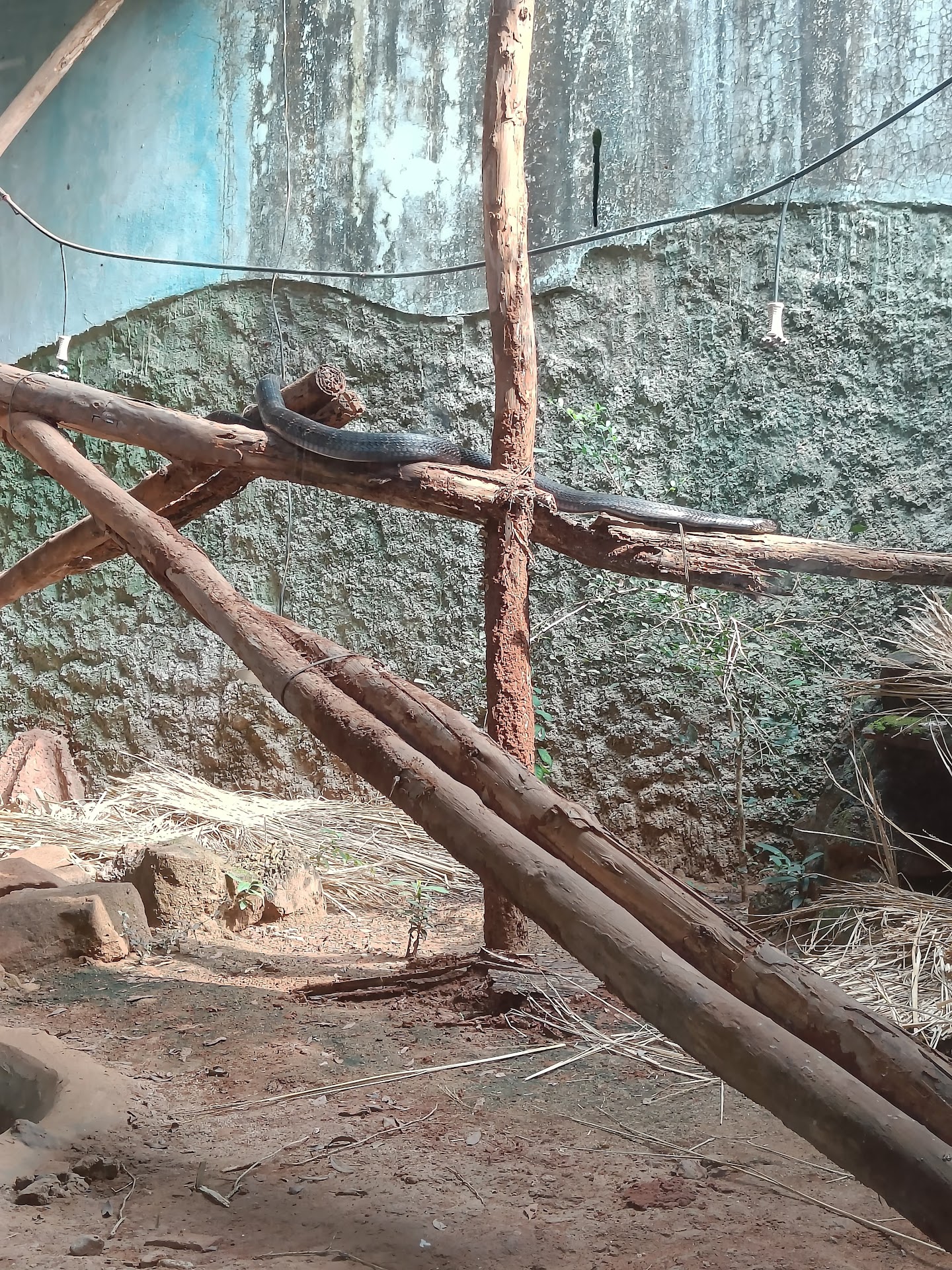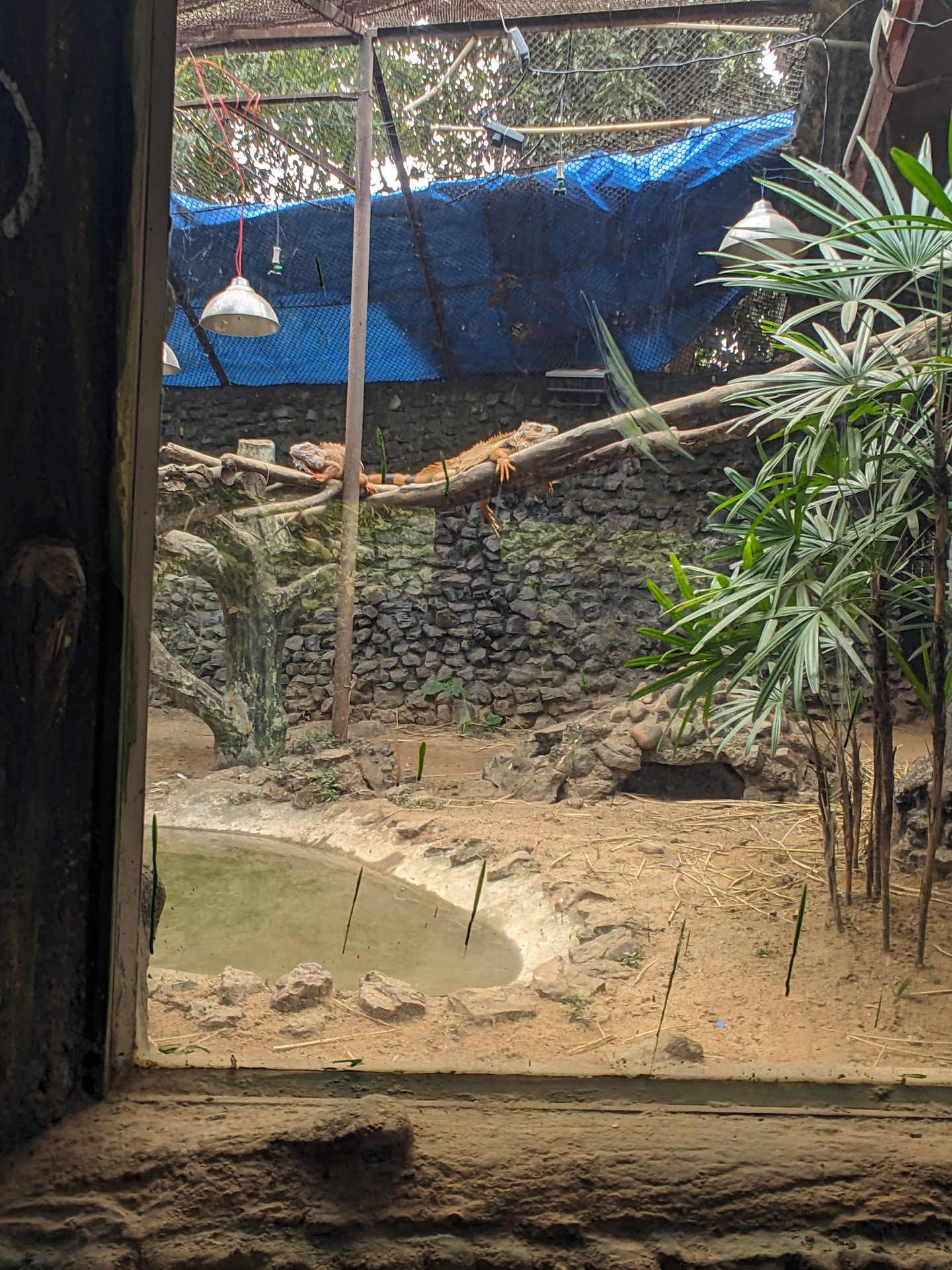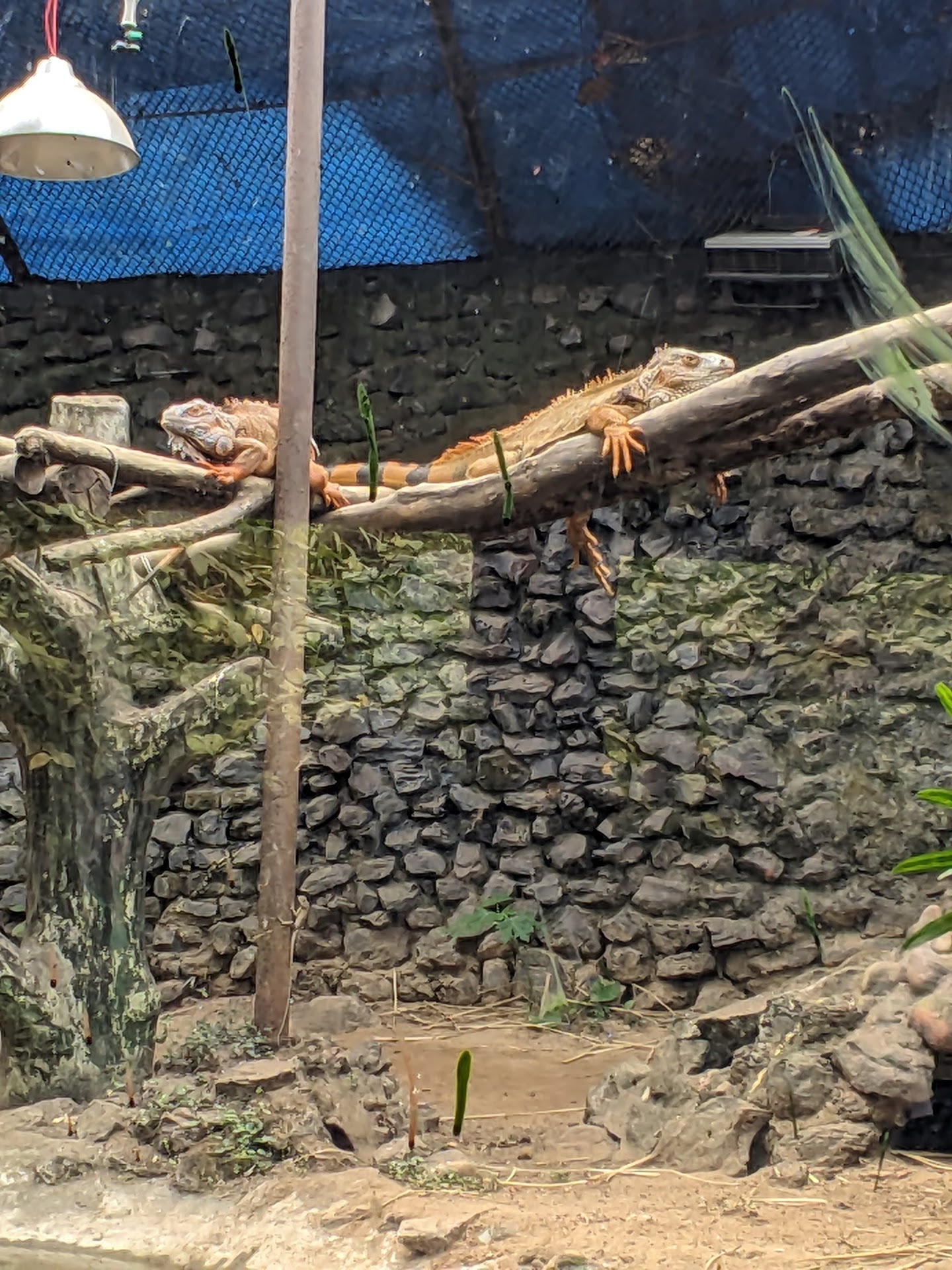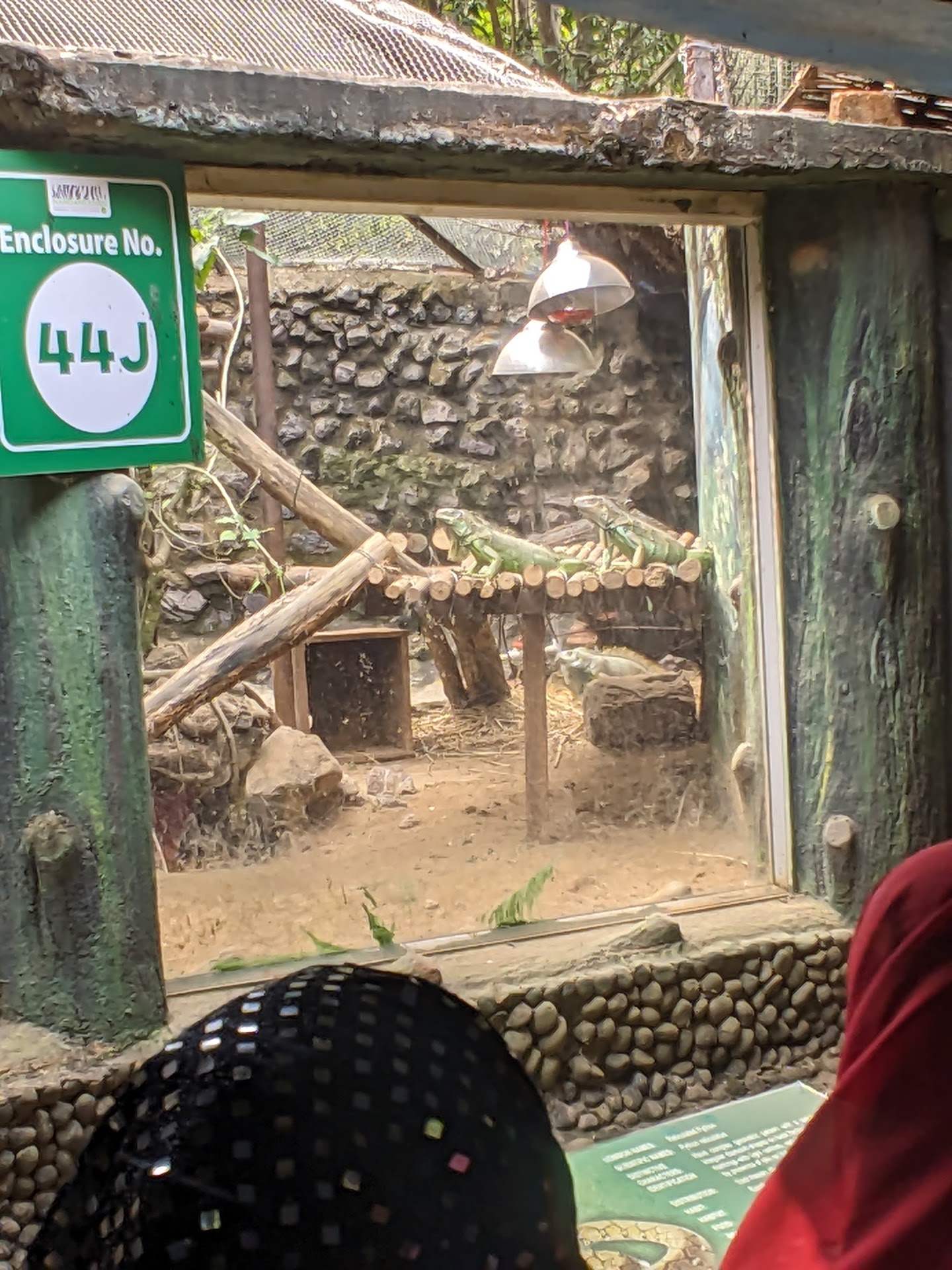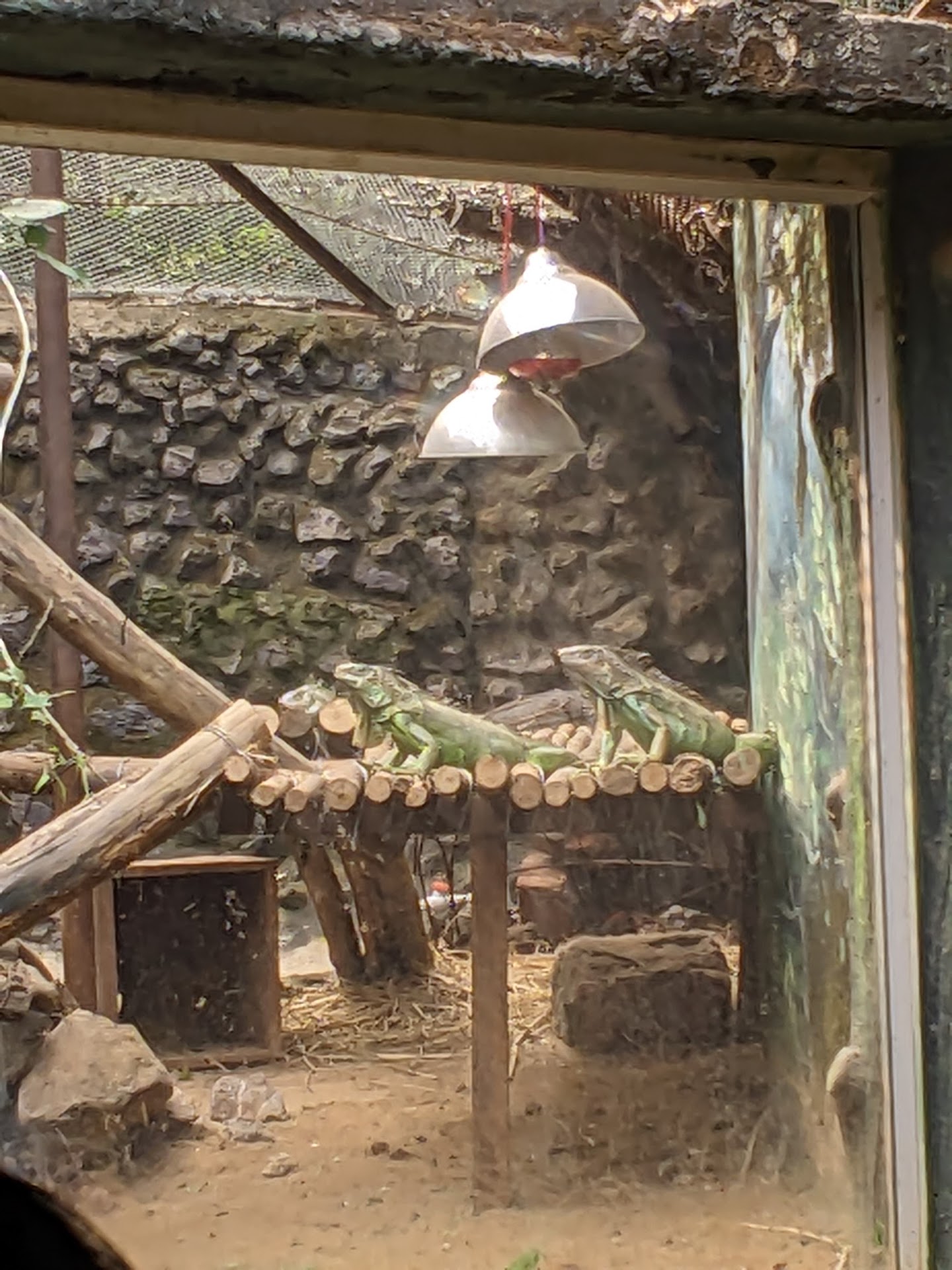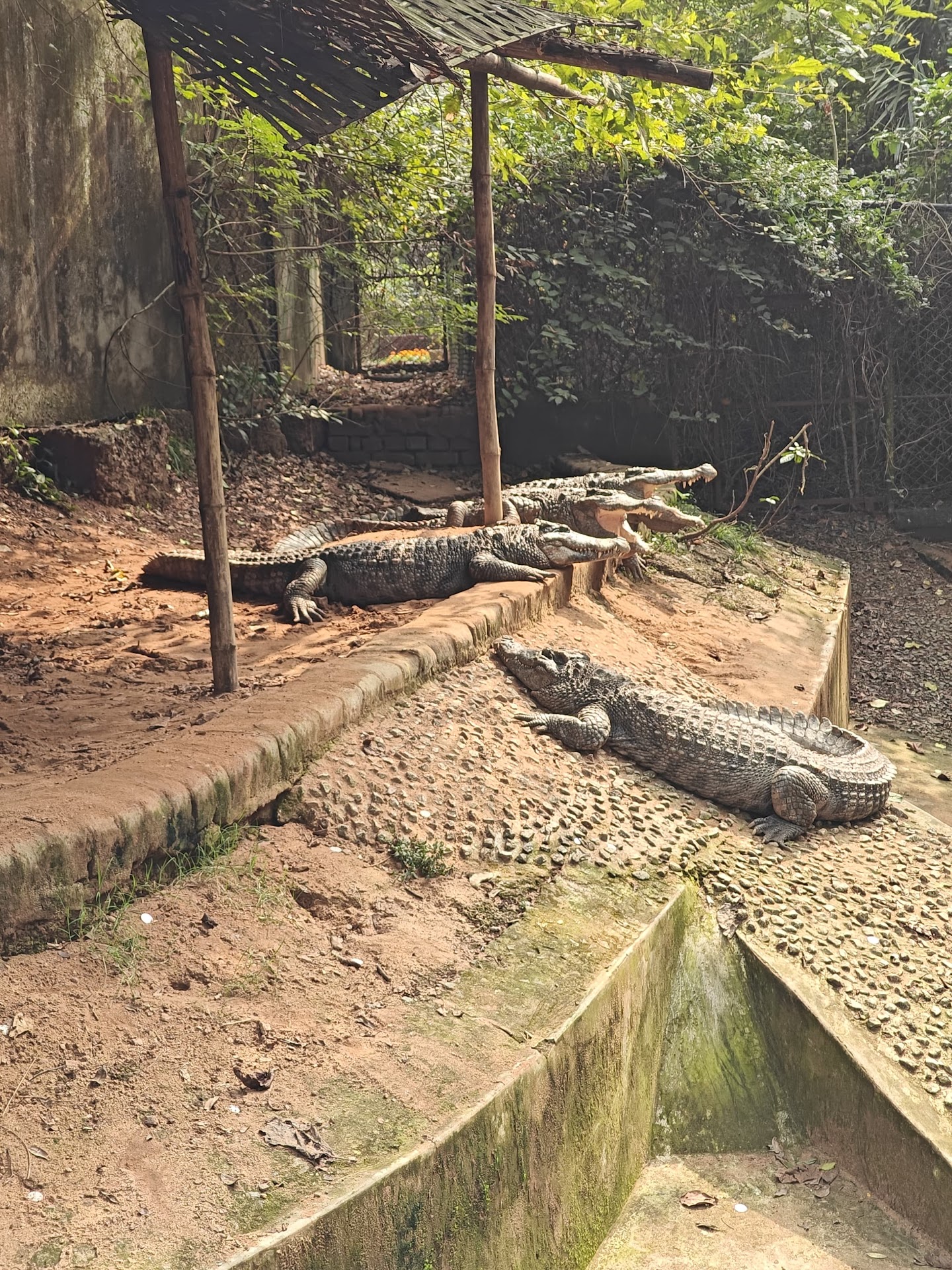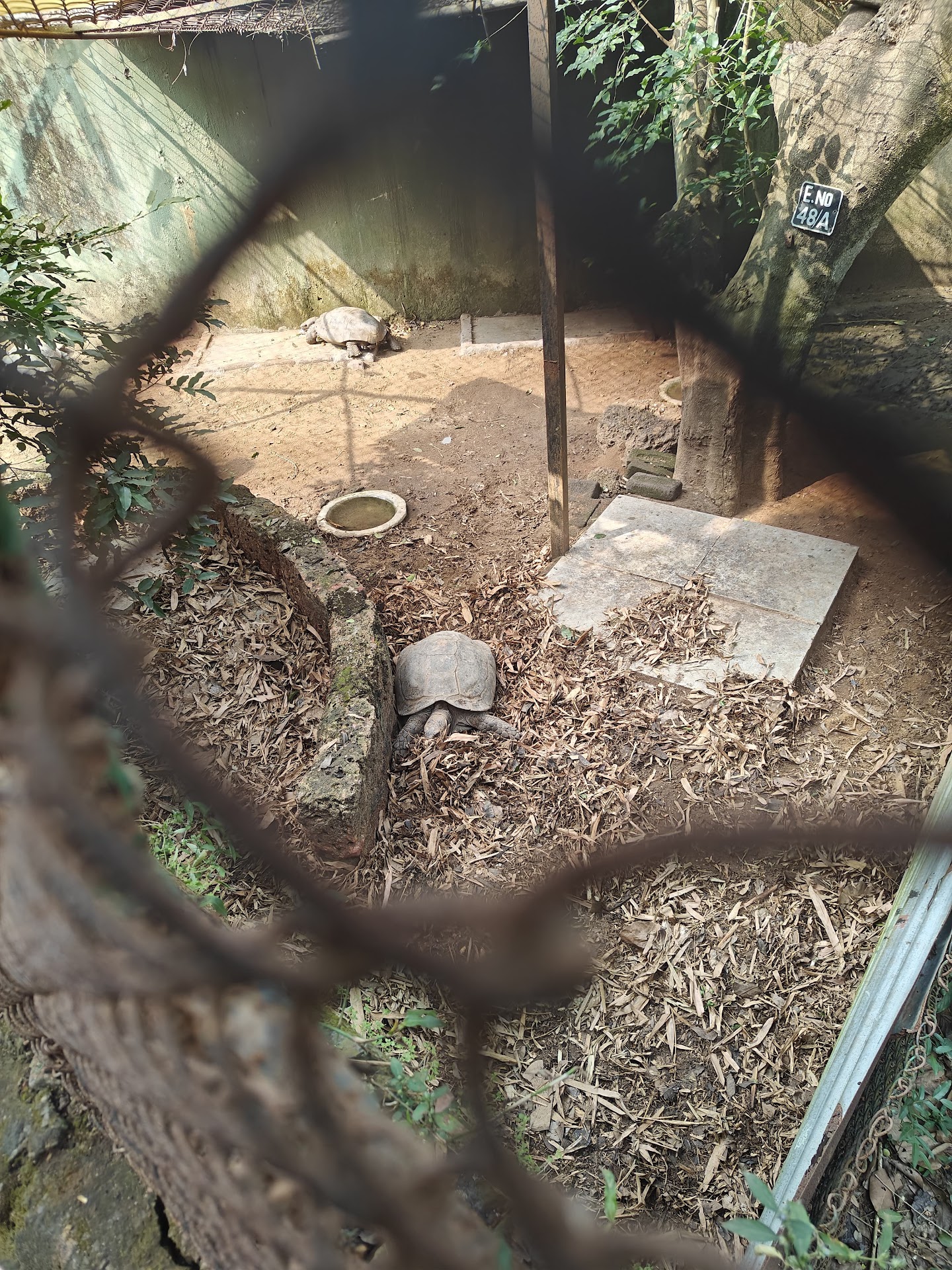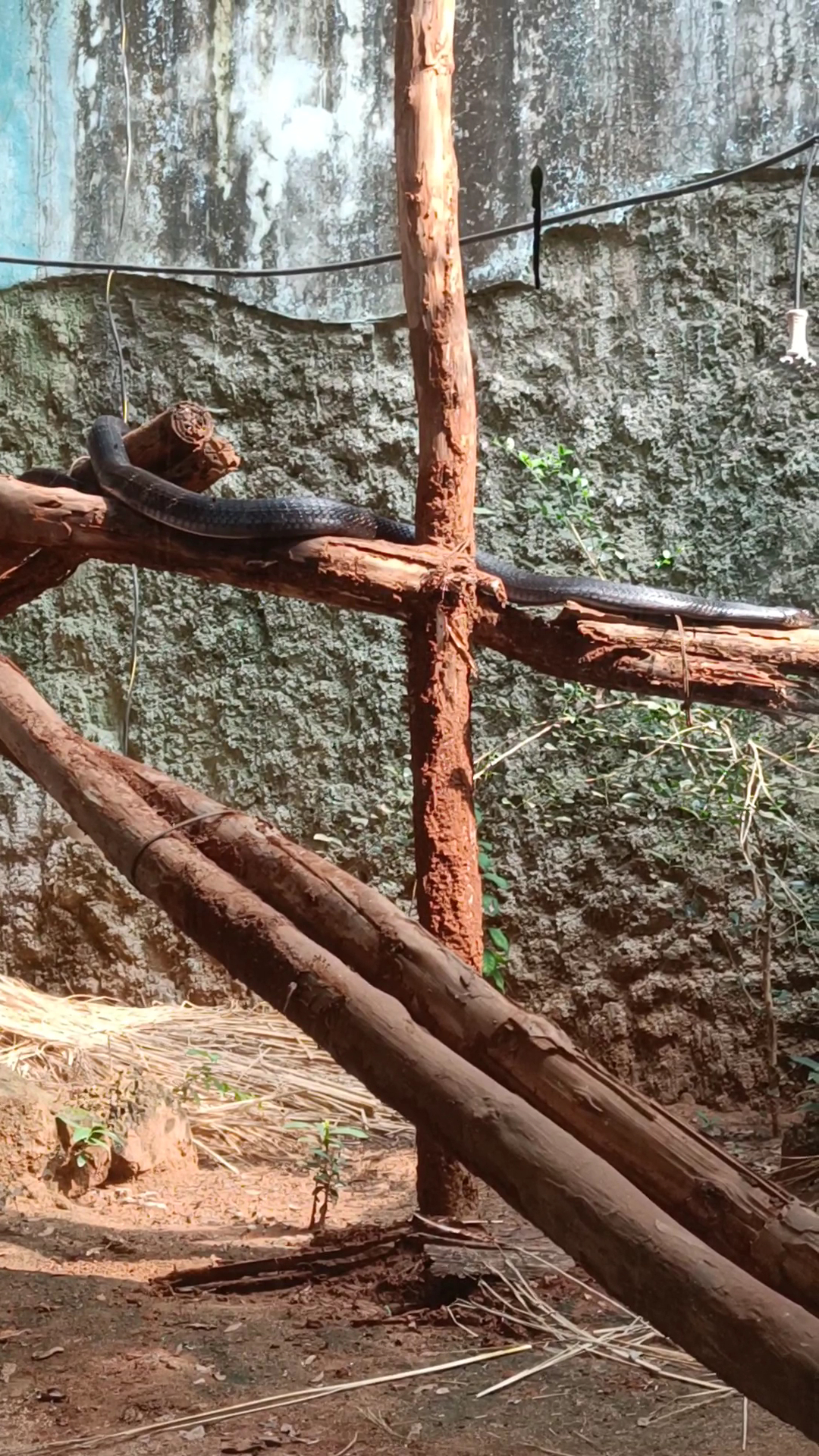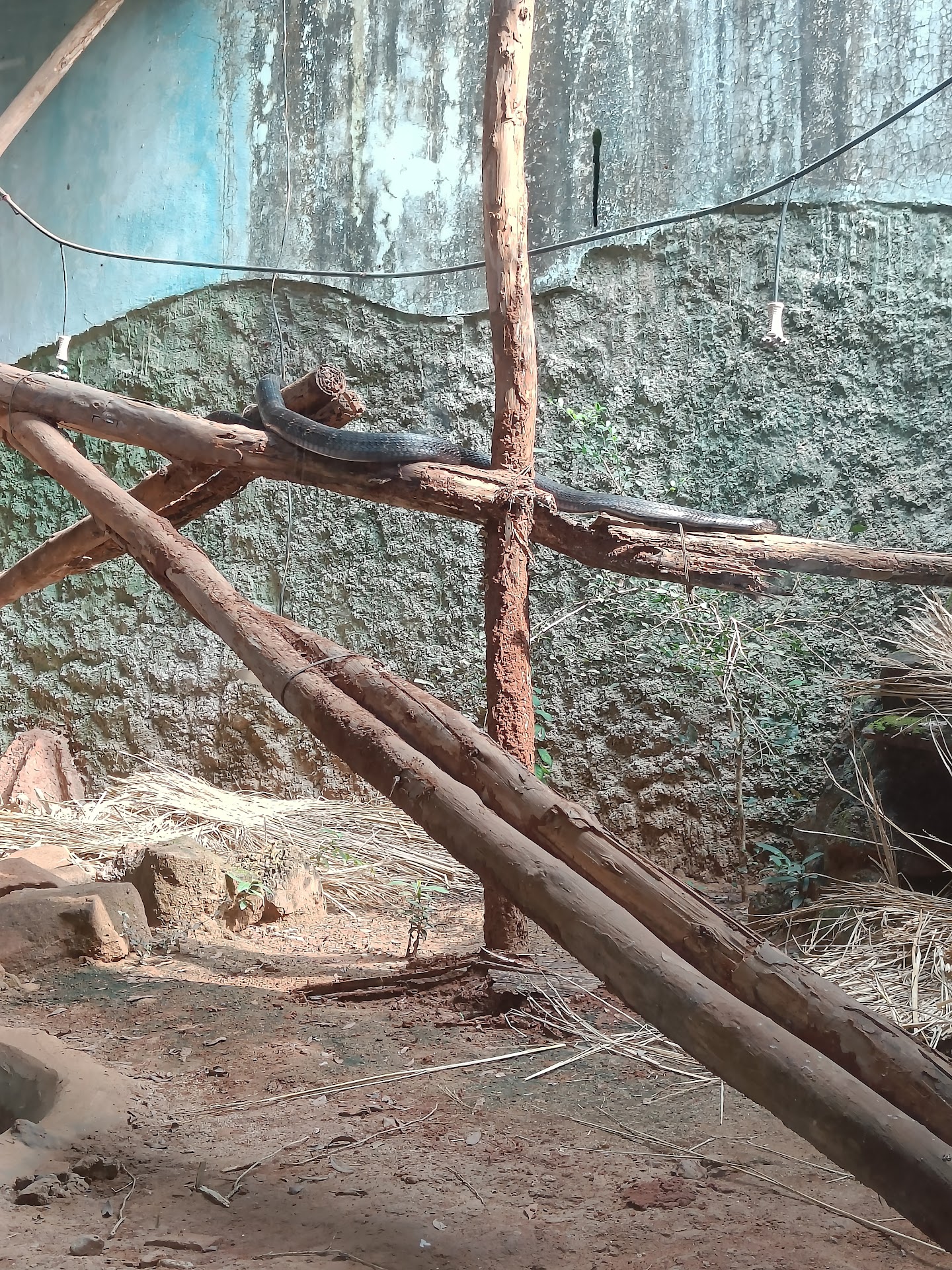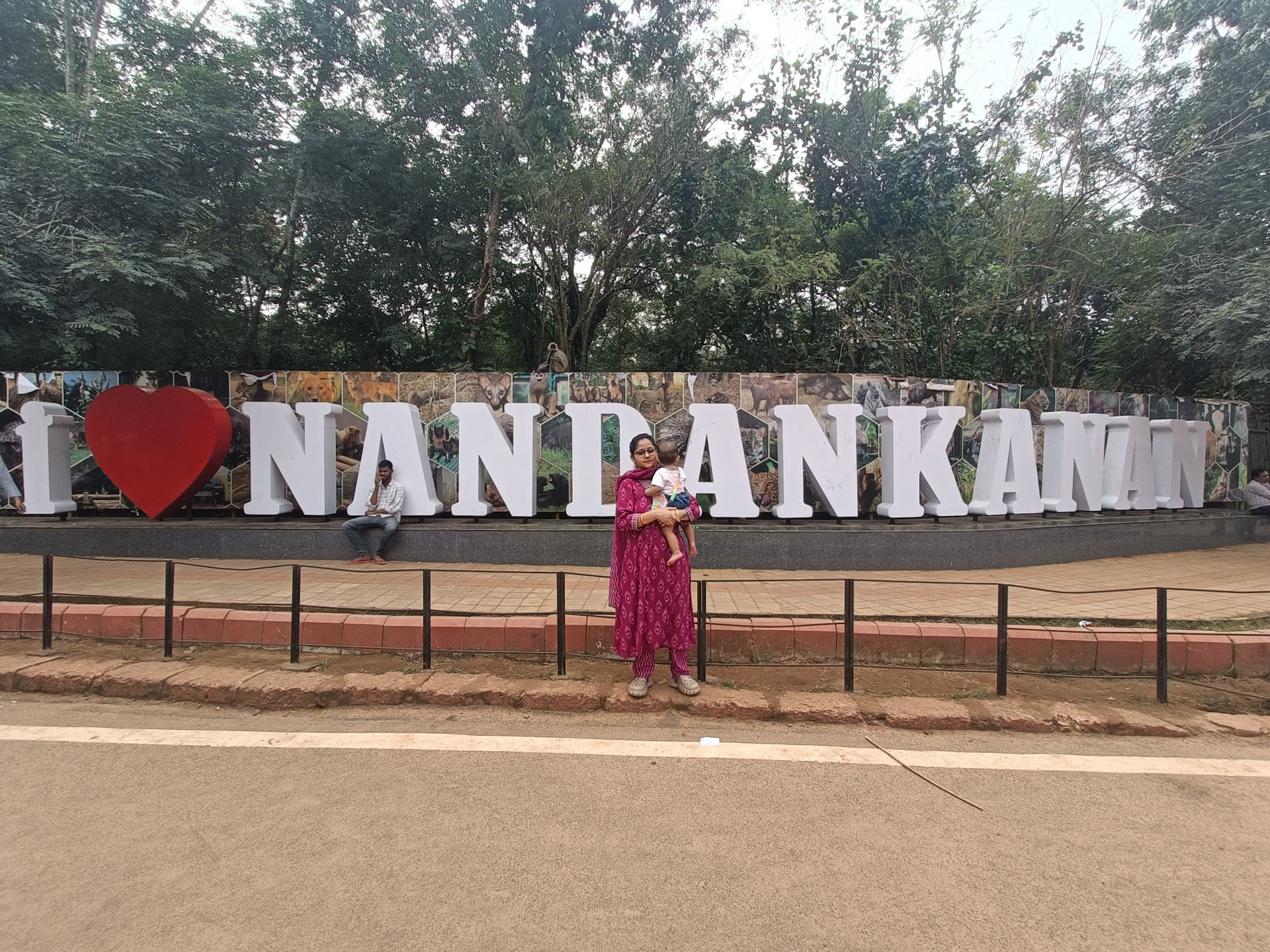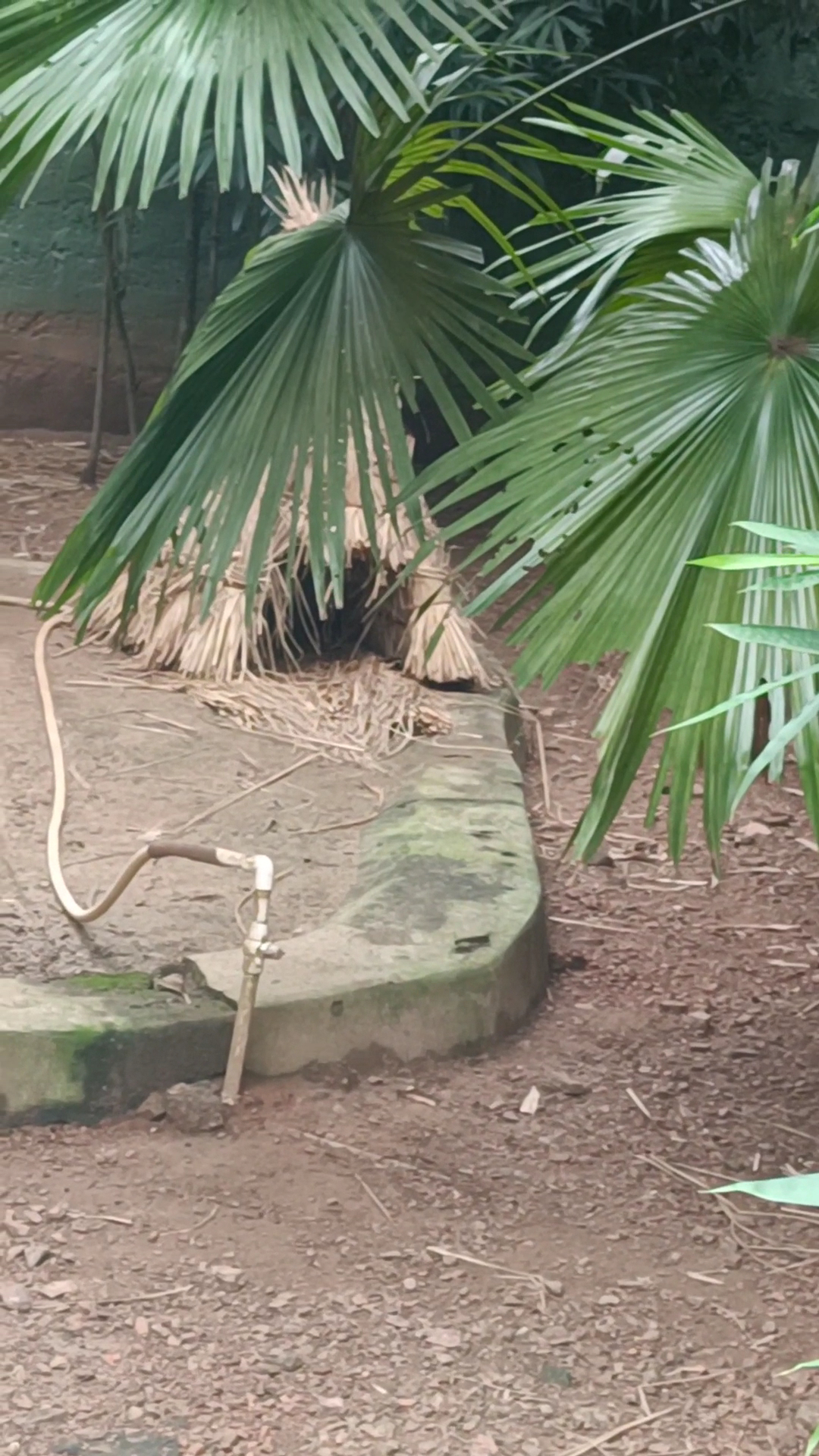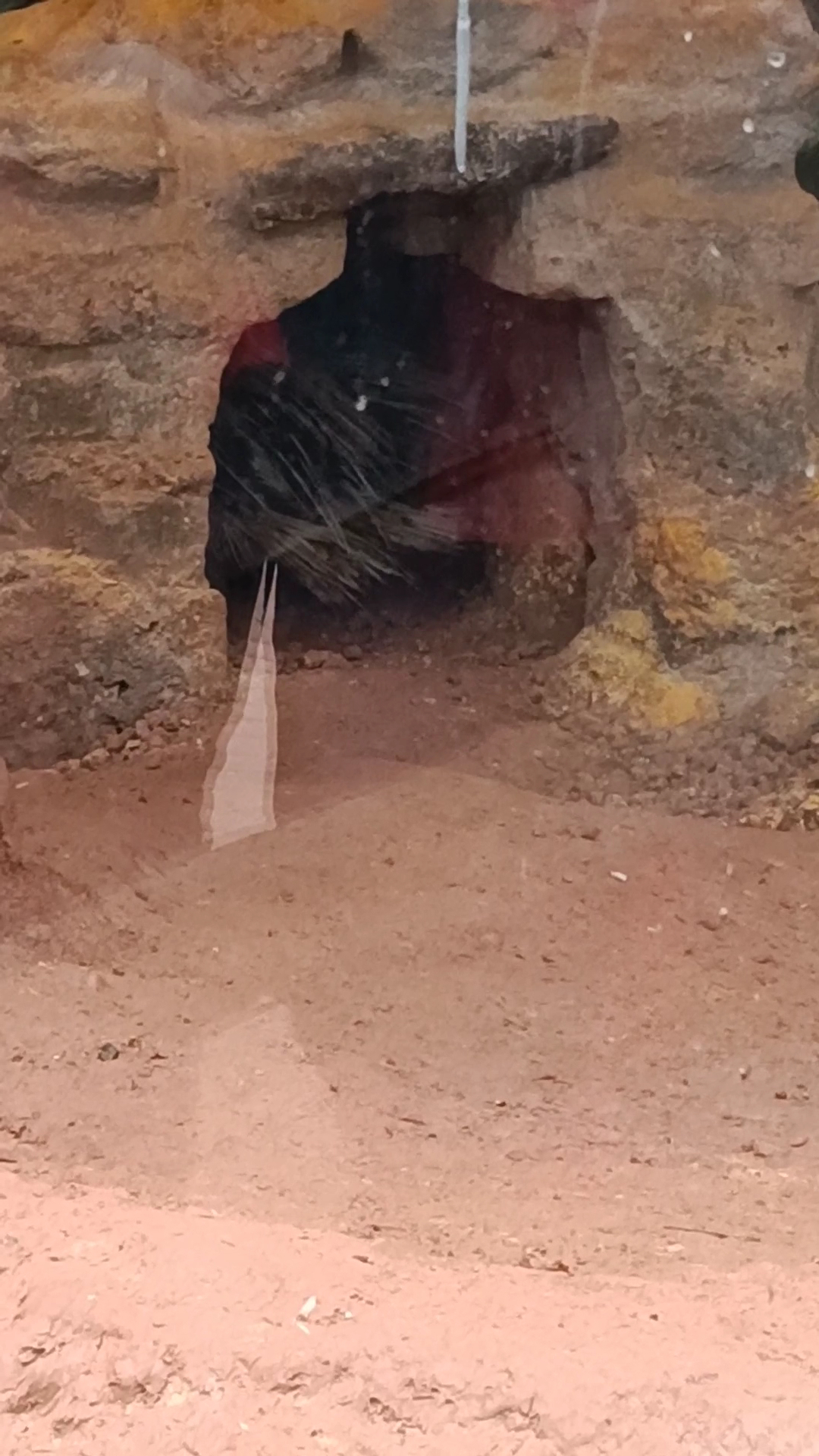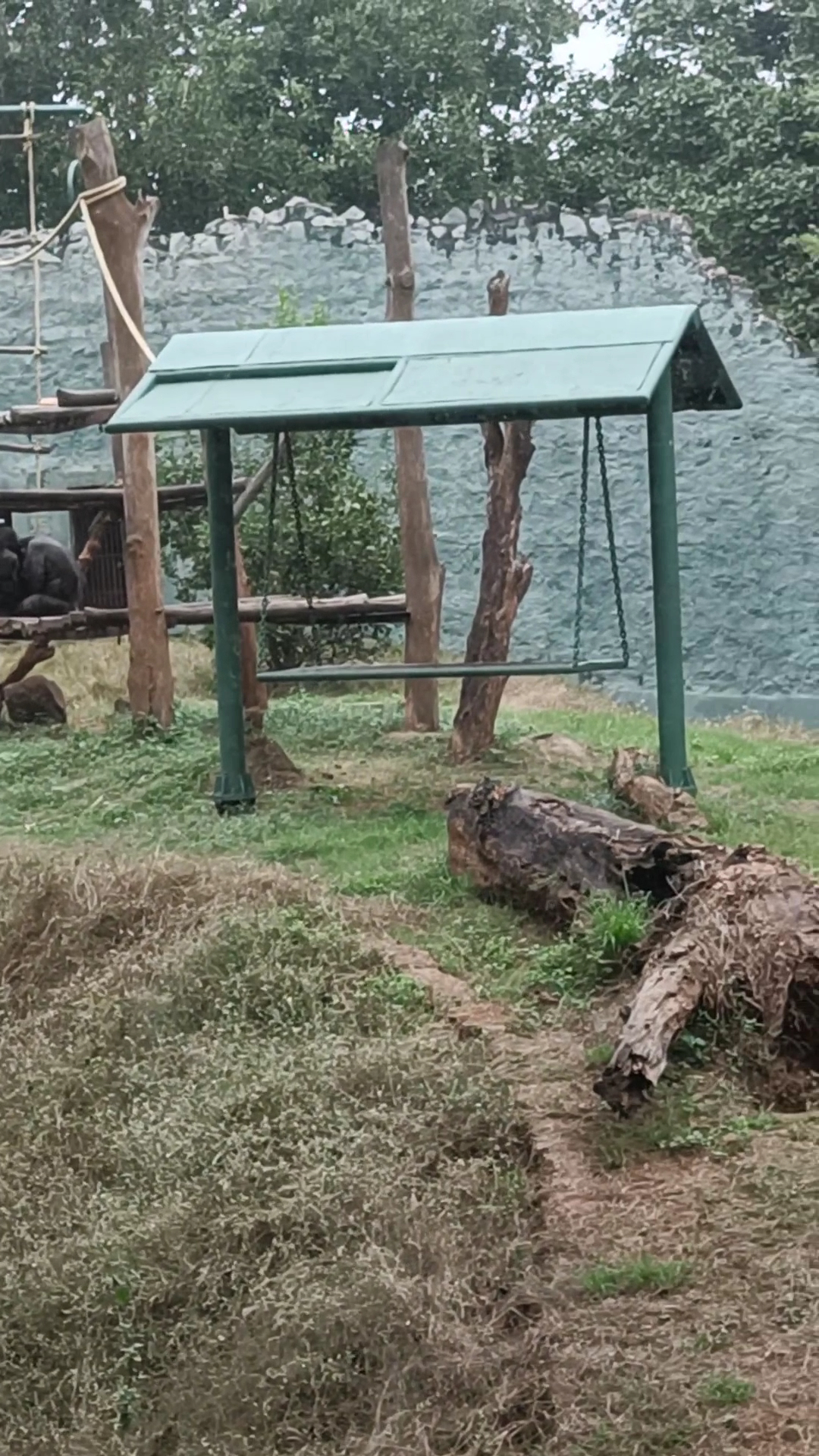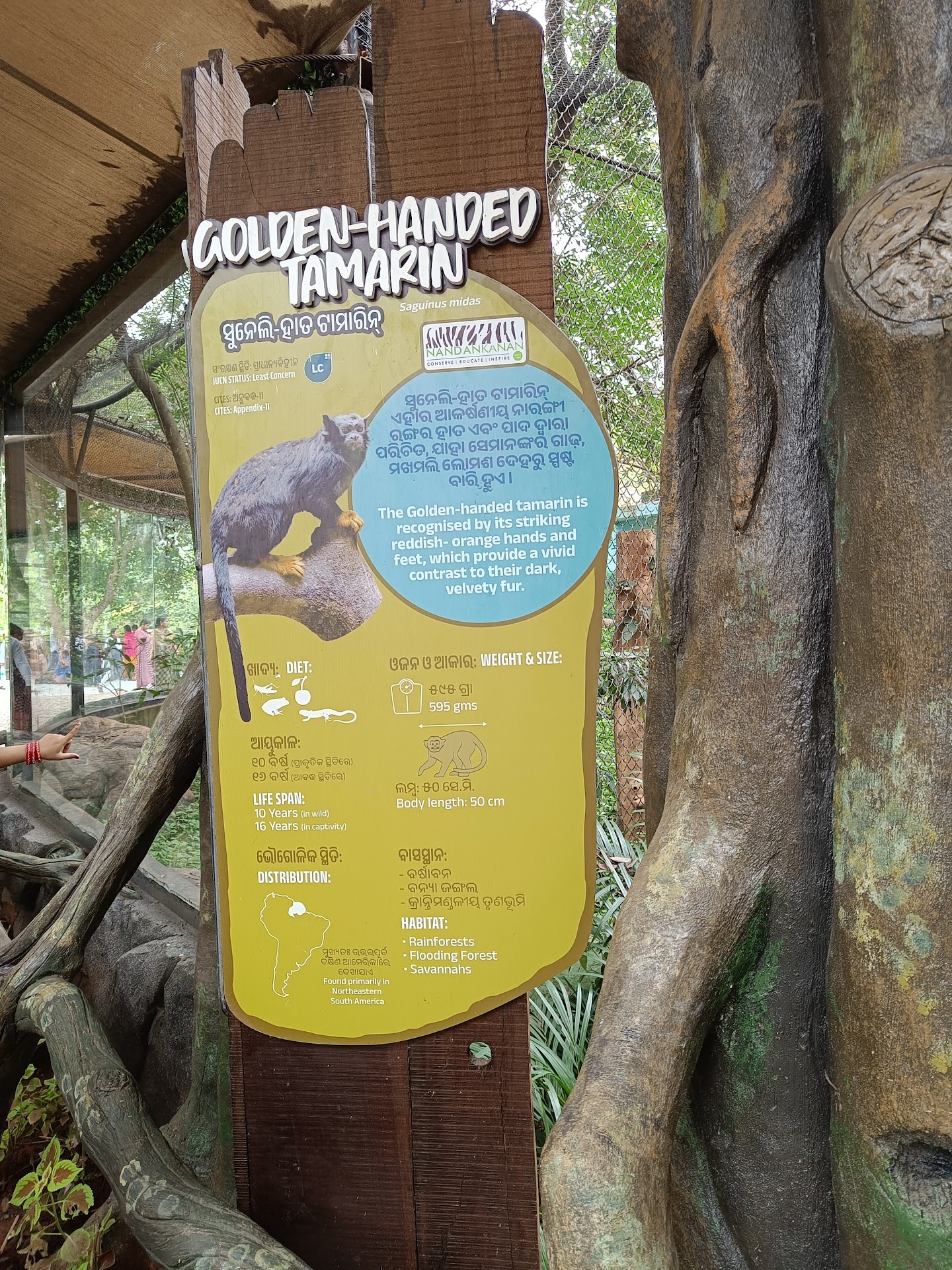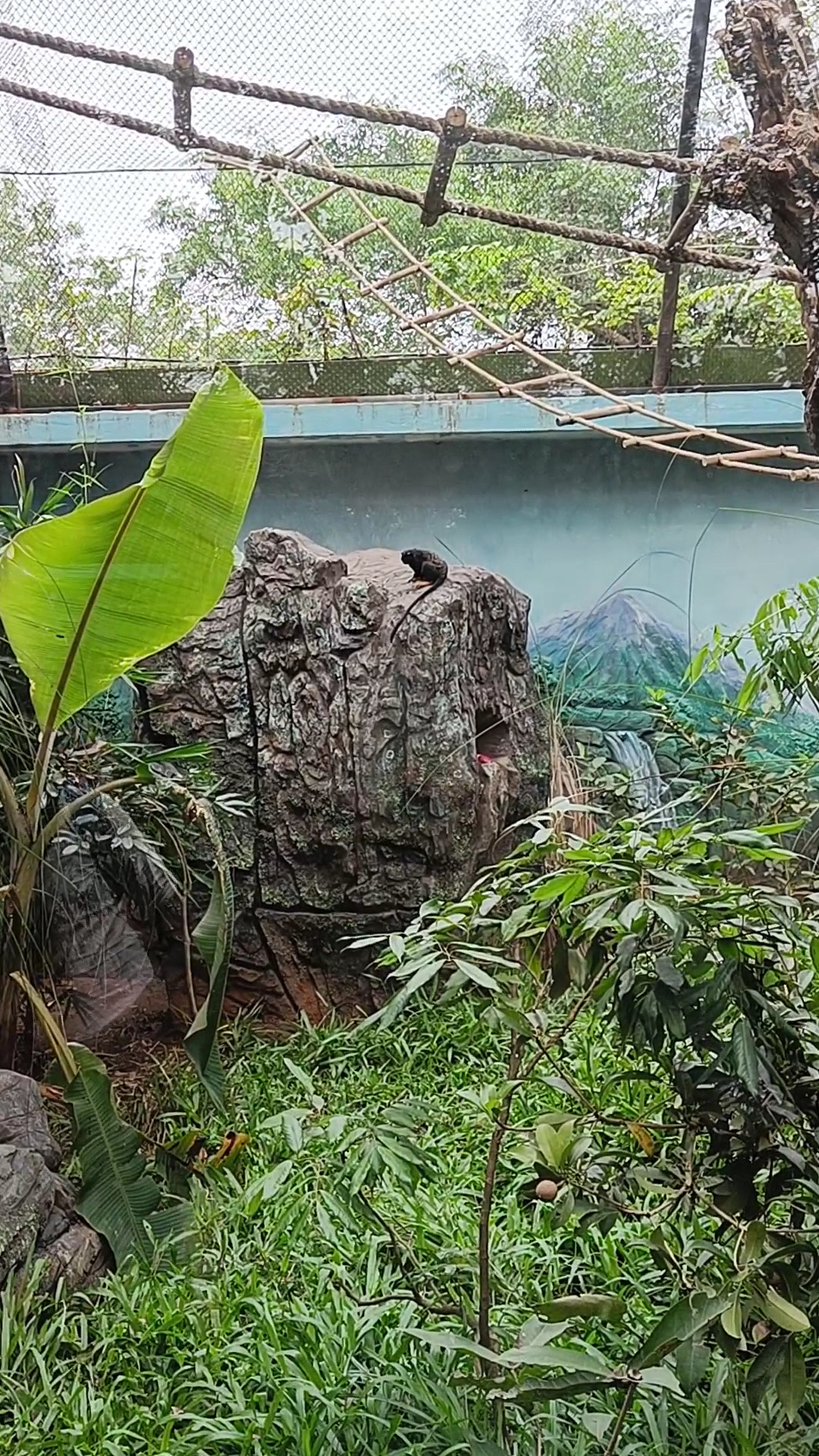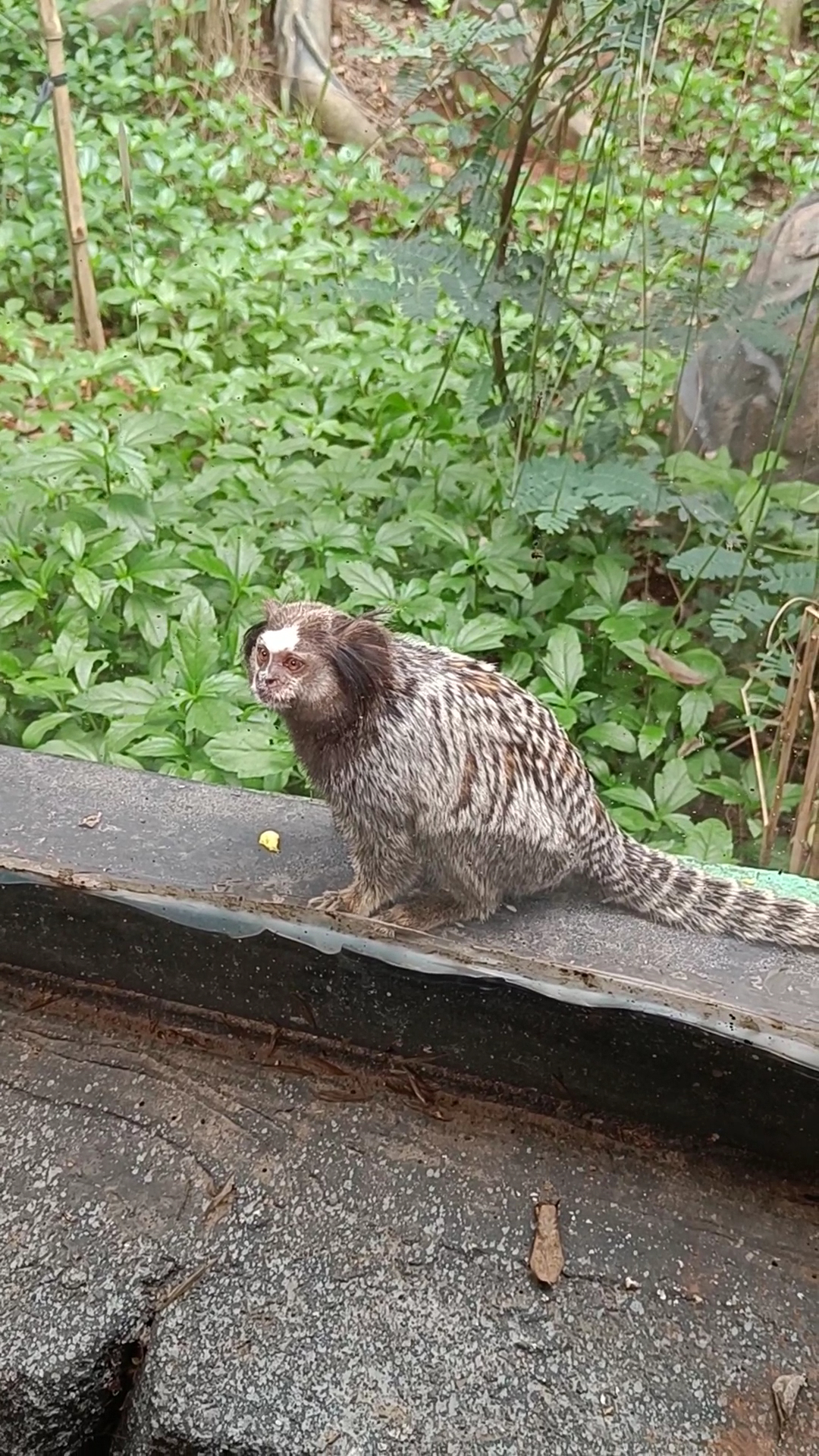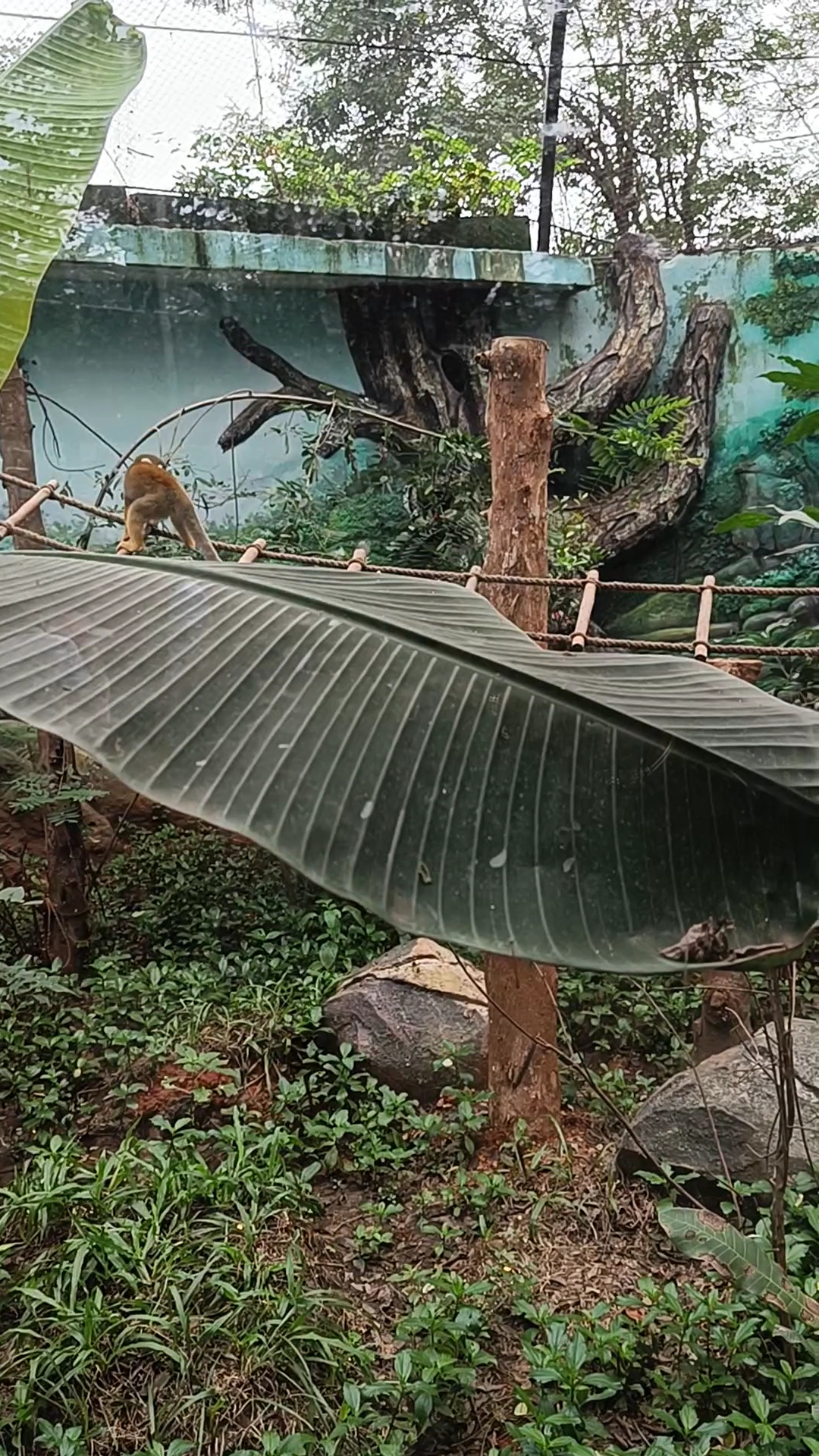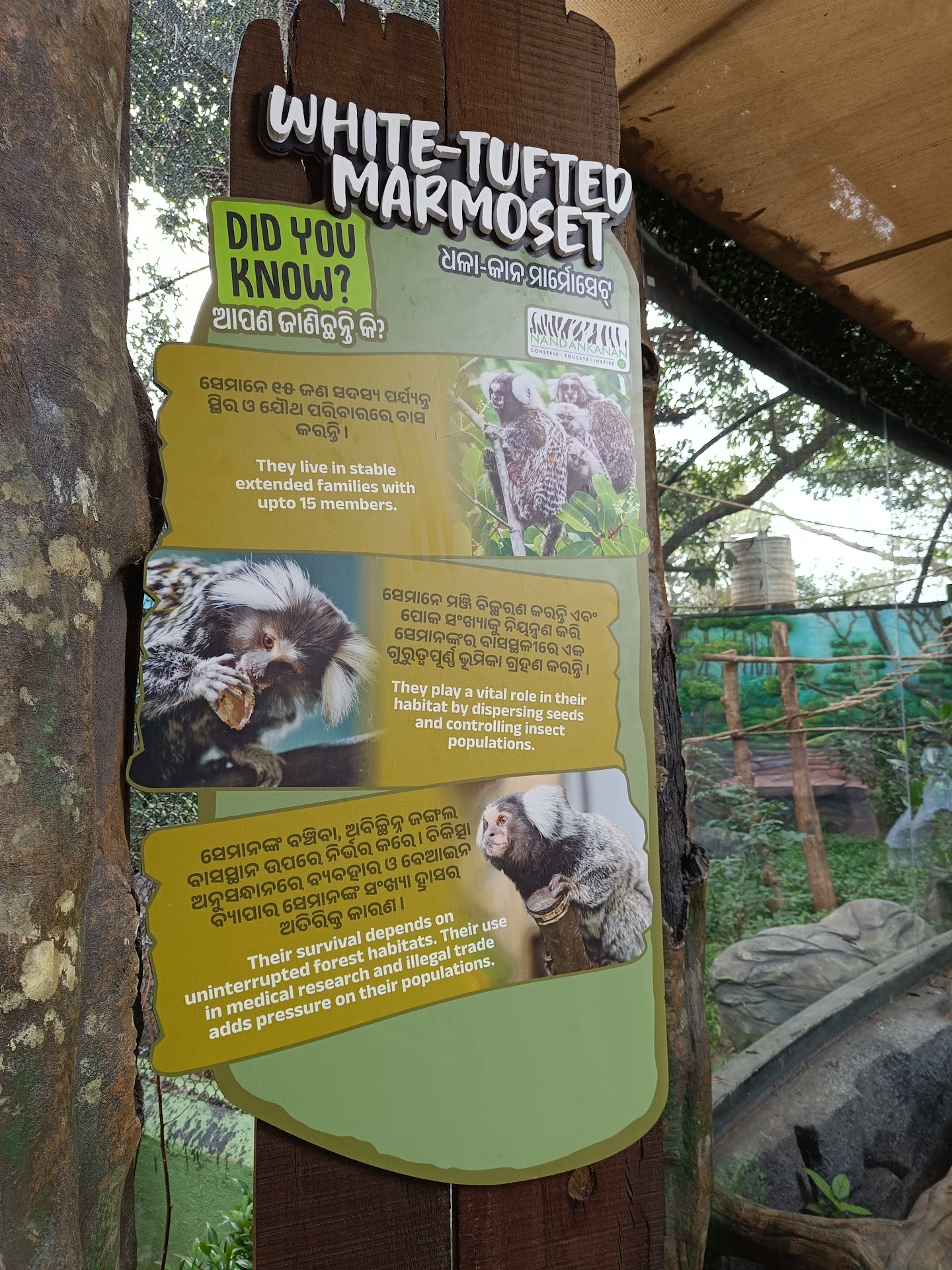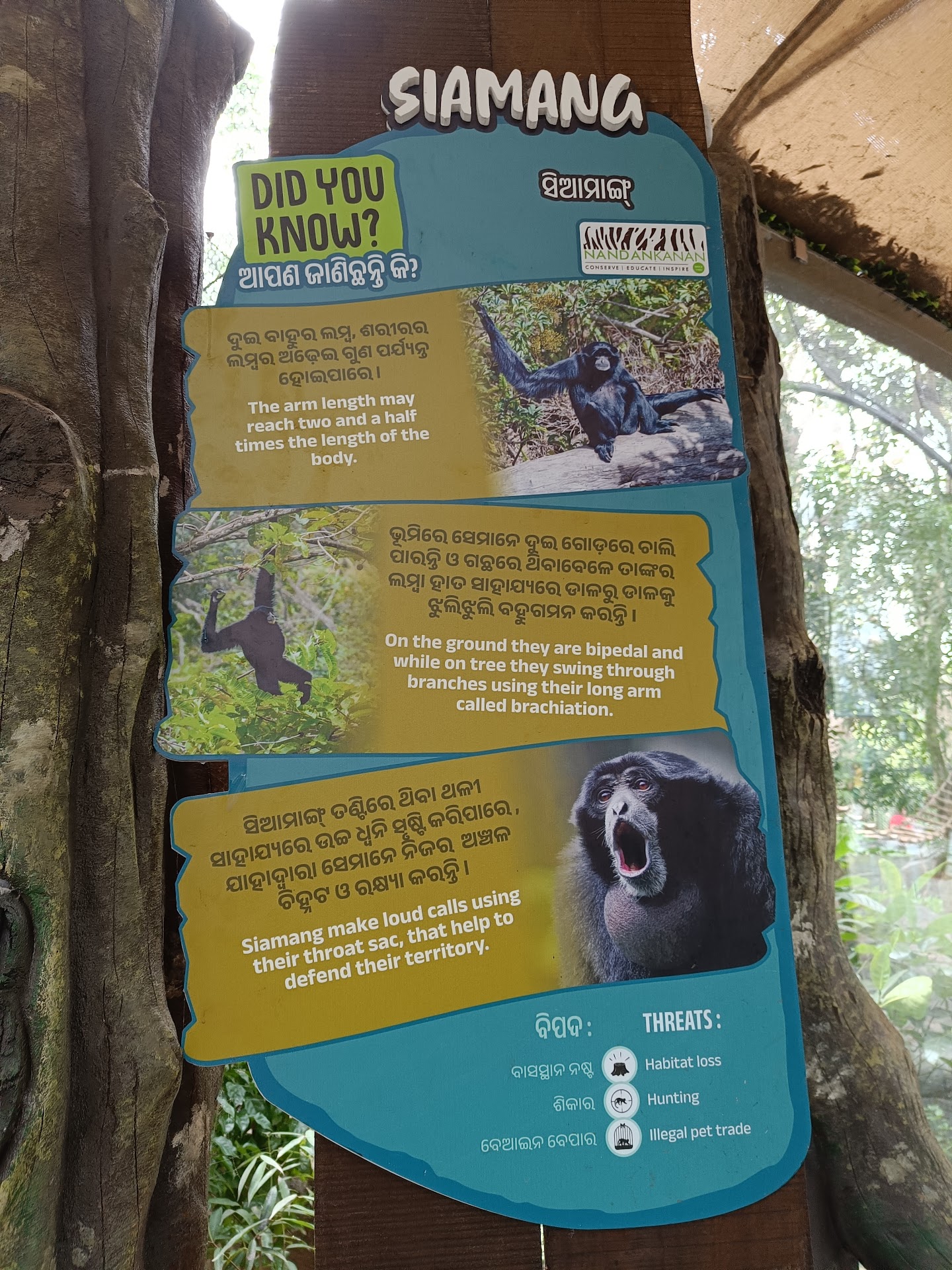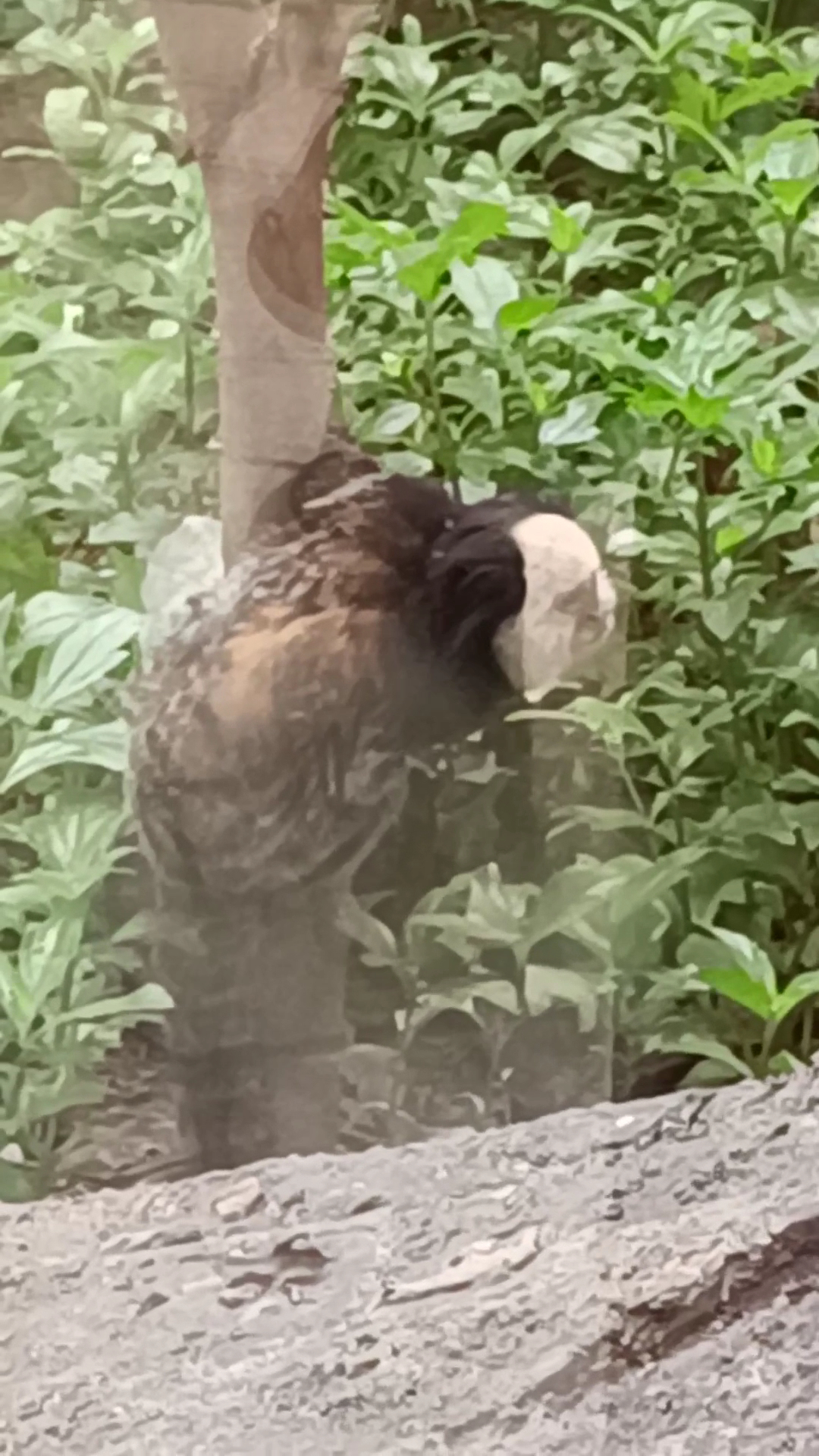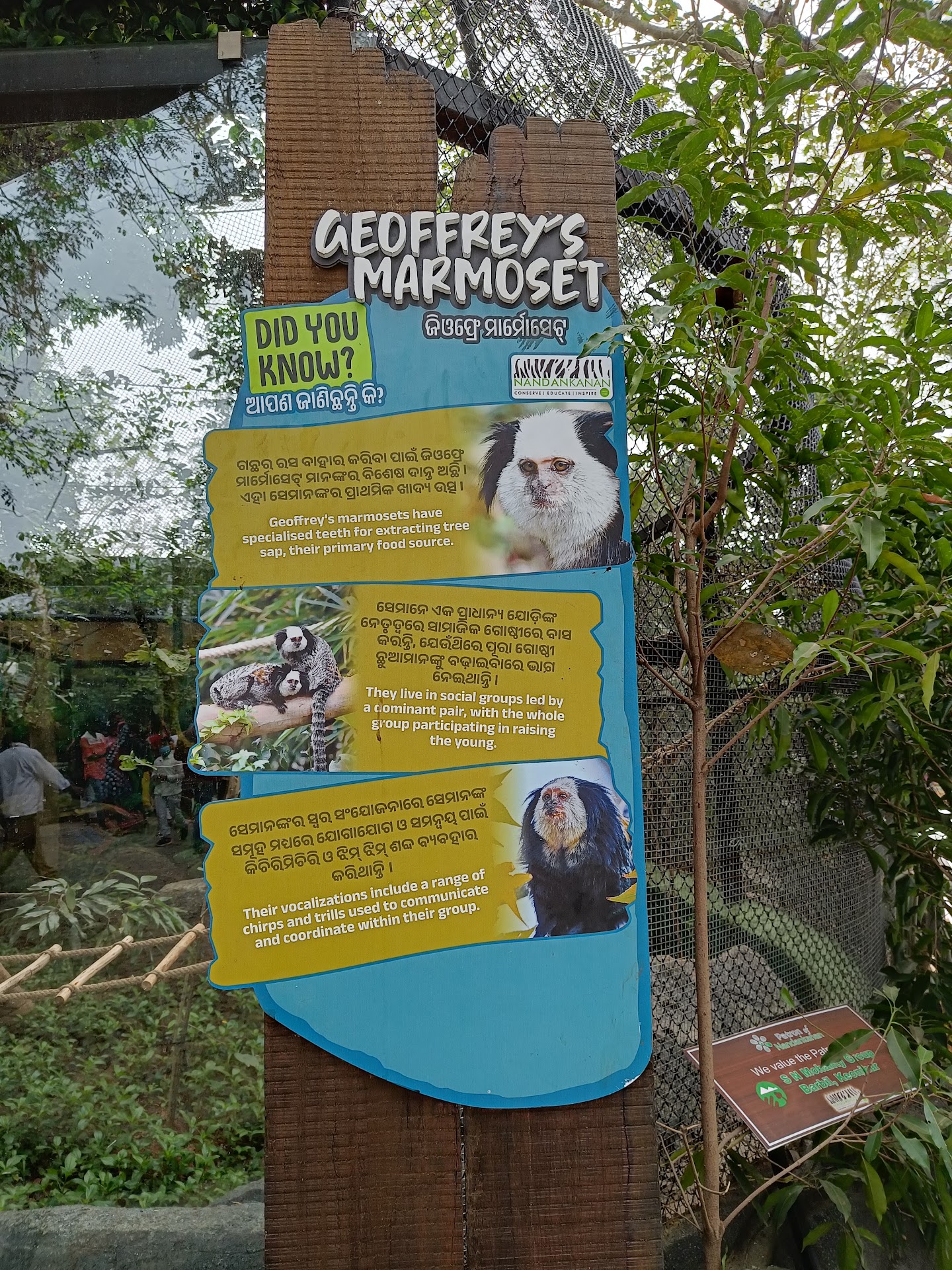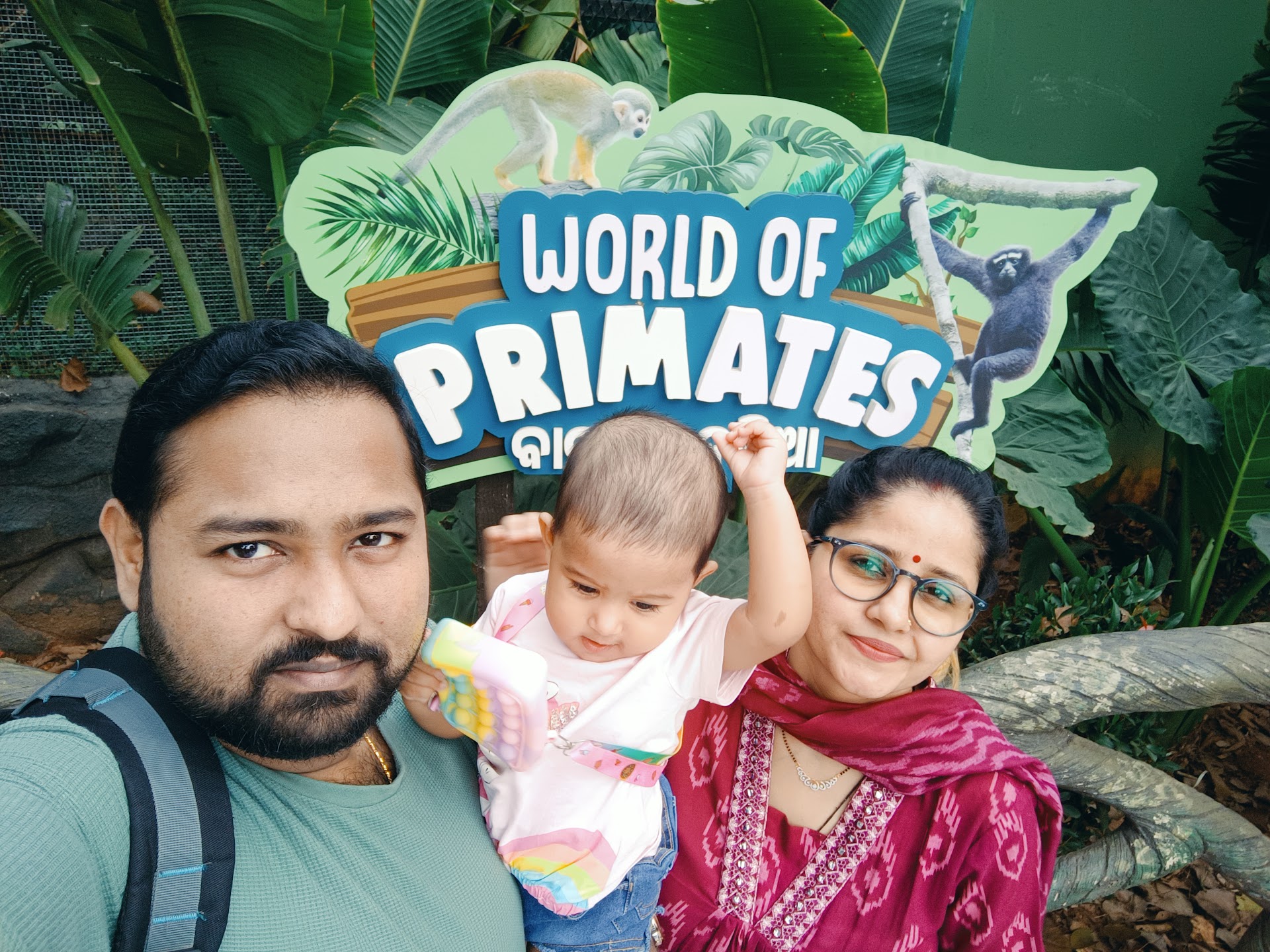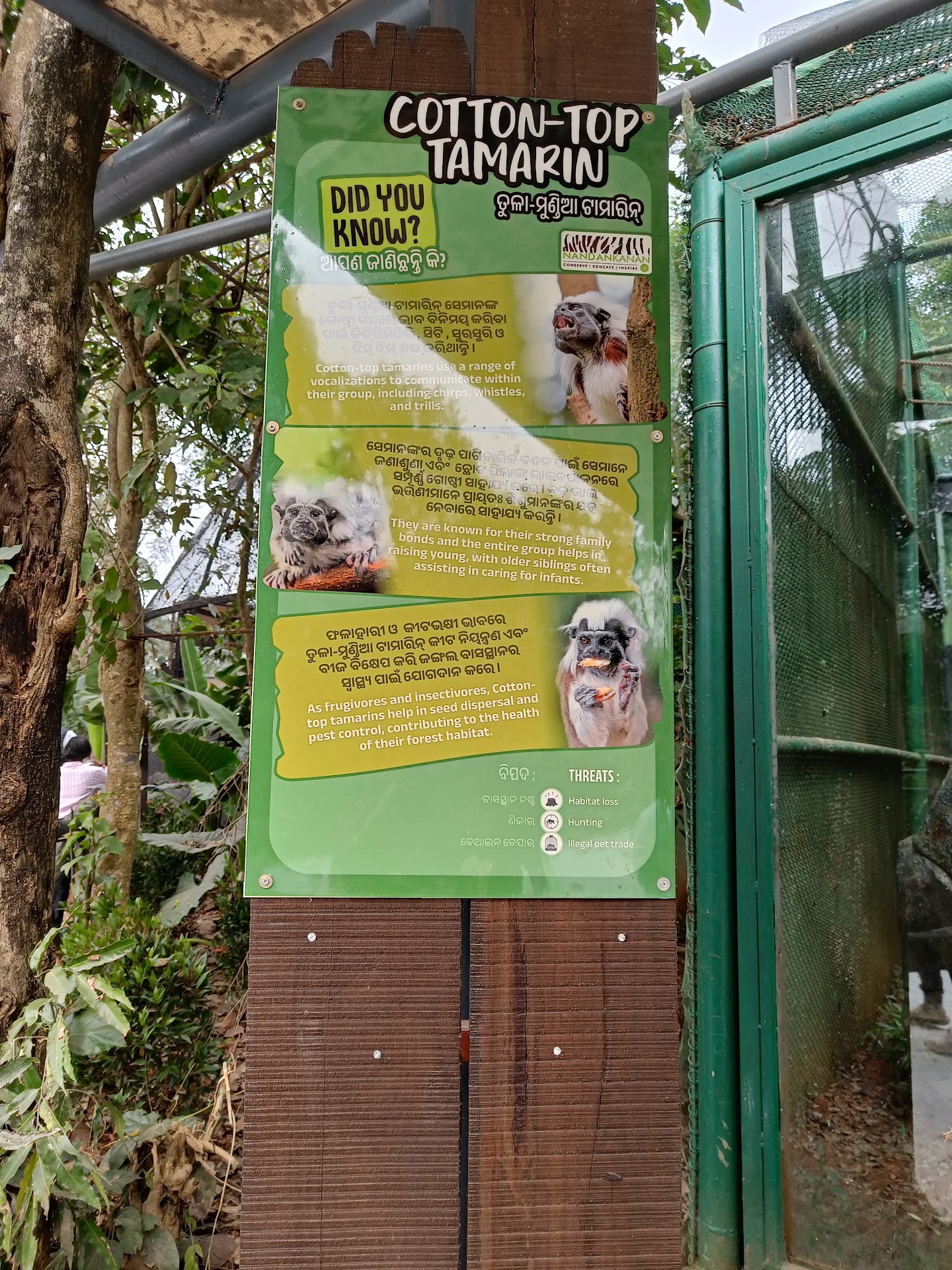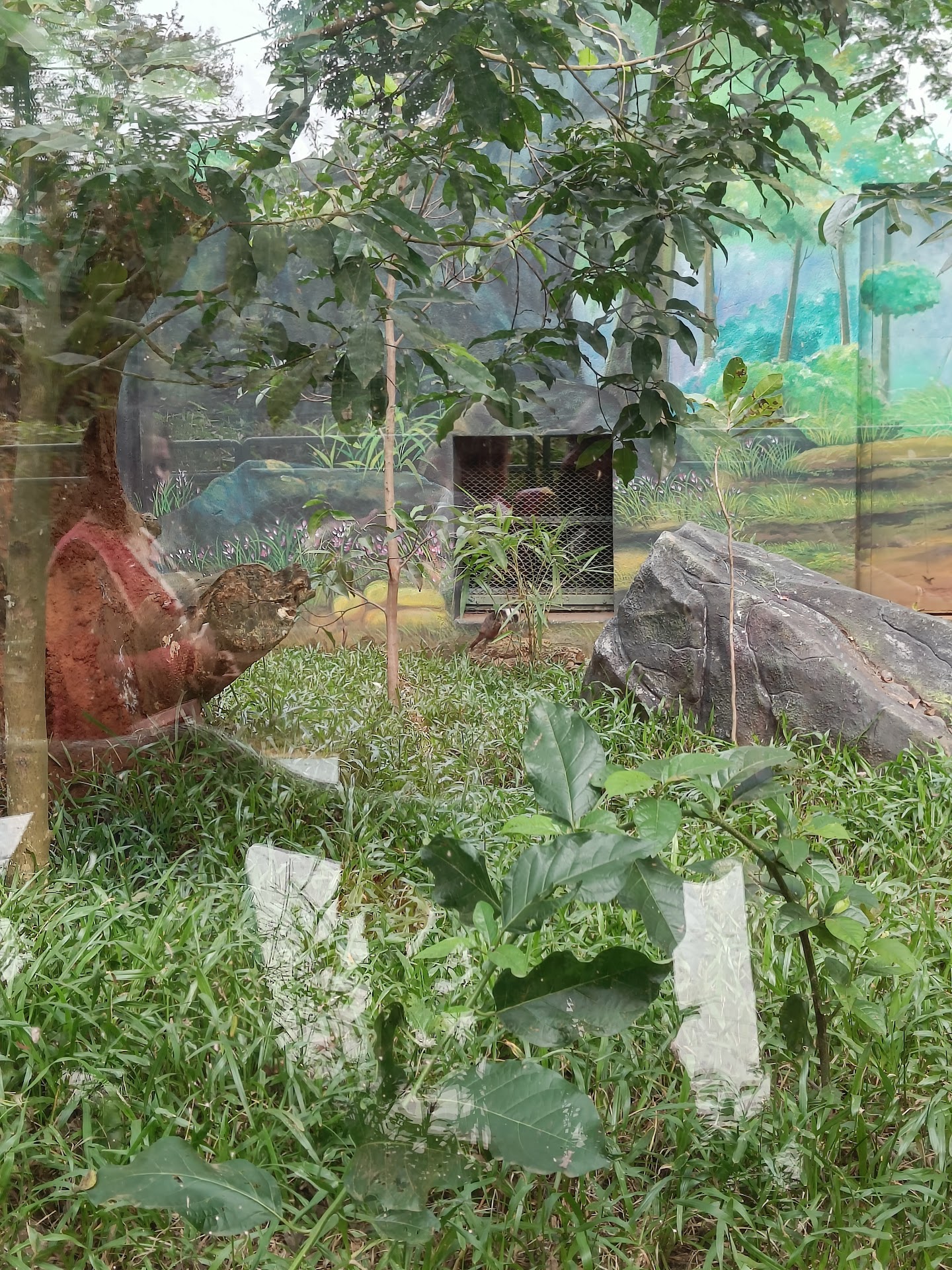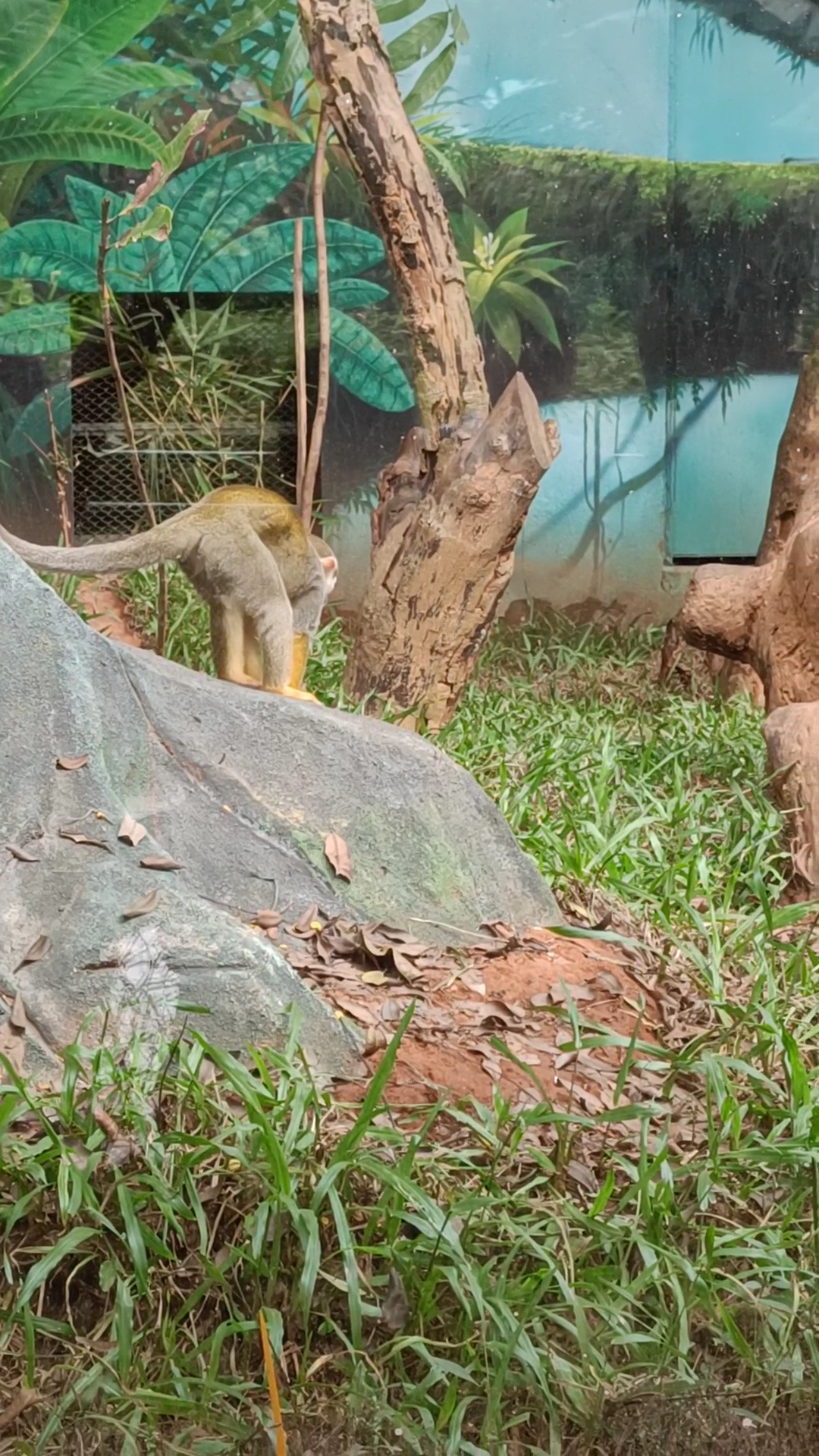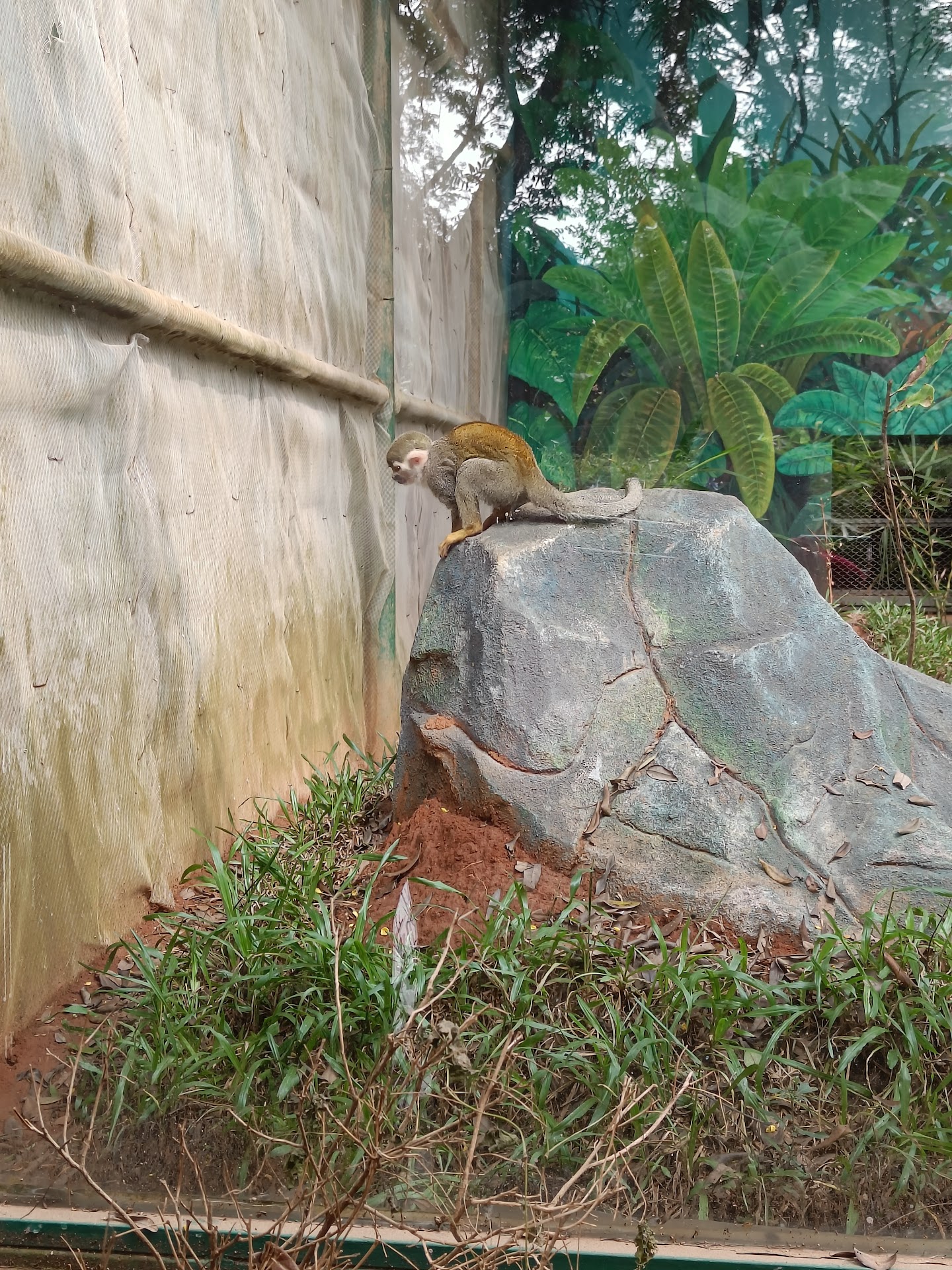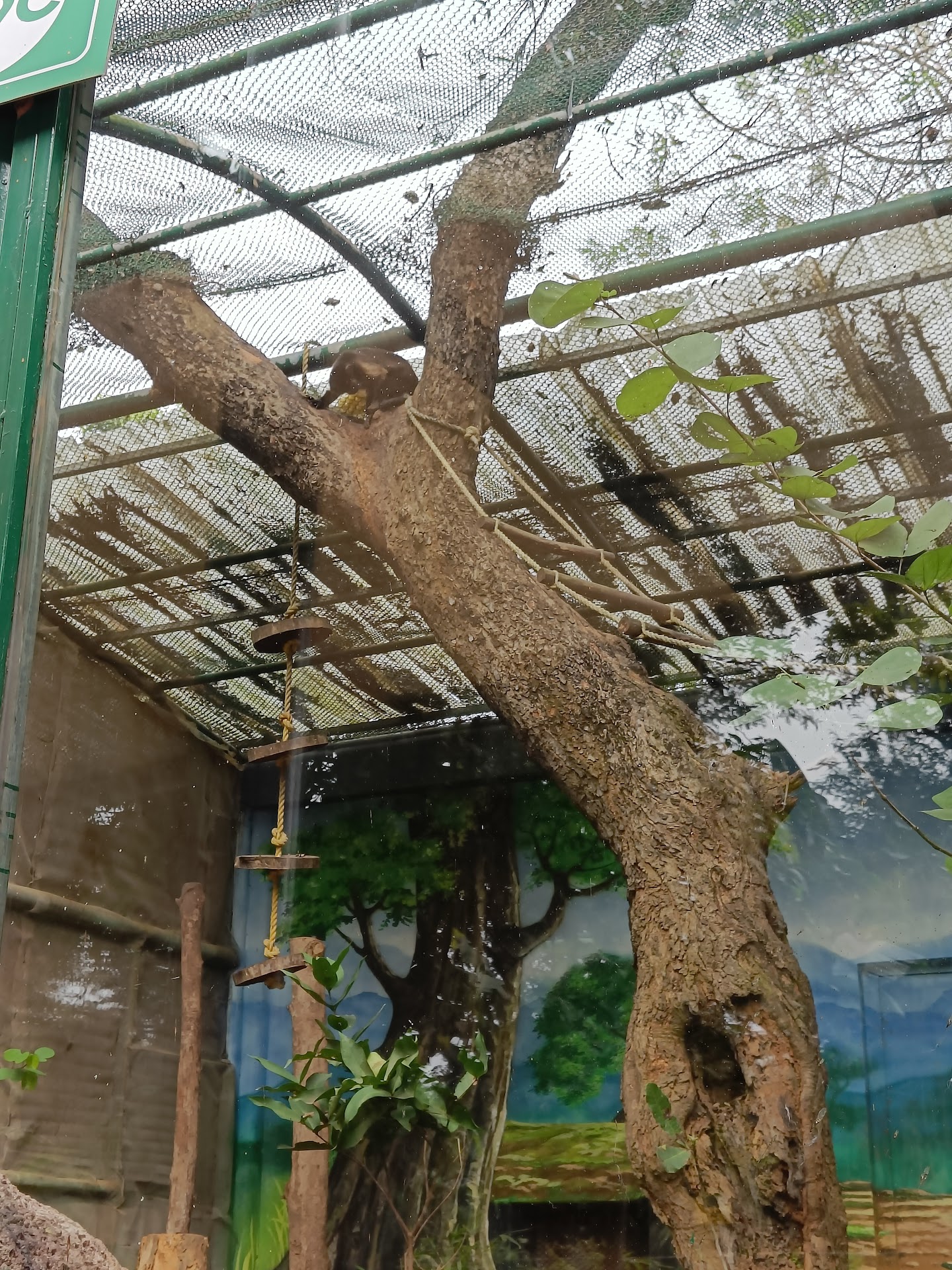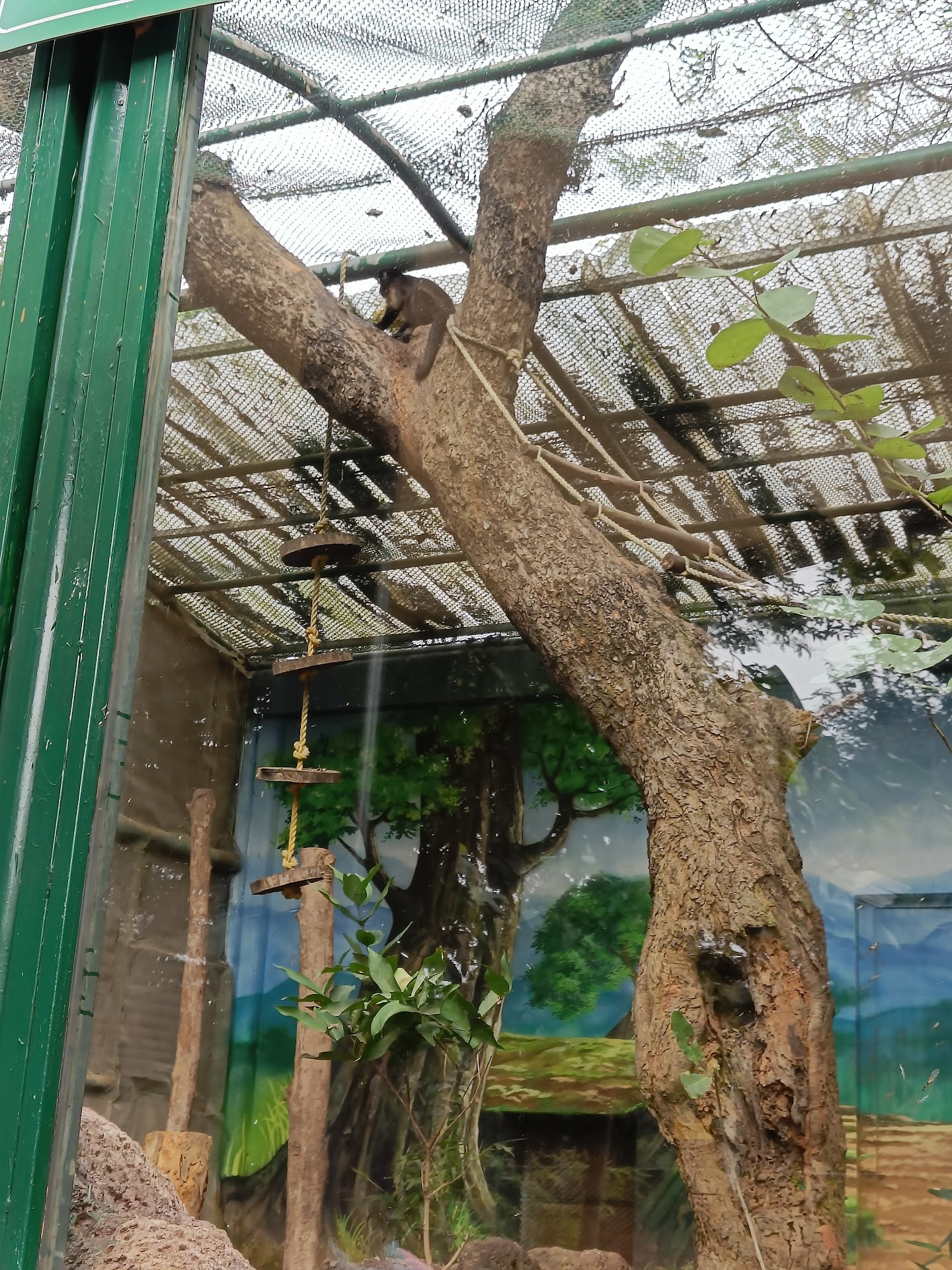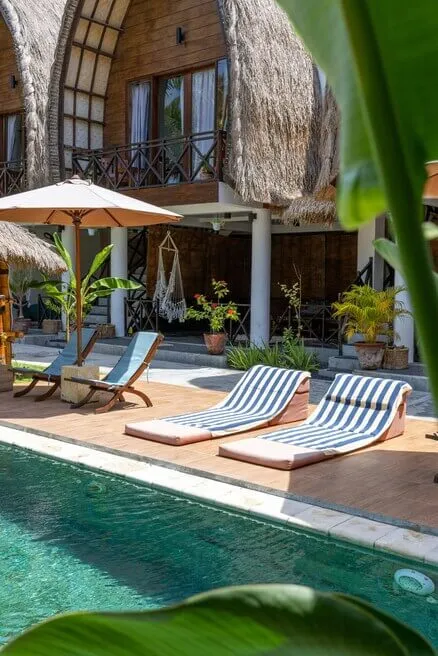Anjali SinghAnjali Singh
Nandankanan Zoological Park, located in Bhubaneswar, Odisha, is a well-known destination for nature and wildlife enthusiasts. Spread over an impressive area of around 437 hectares, this zoological park is nestled amidst the natural beauty of the Chandaka forest and the Kanjia Lake. Here's a detailed review of the park:
Location and Accessibility
Nandankanan is conveniently located approximately 15 km from the heart of Bhubaneswar, making it easily accessible by road. Visitors can reach the park by private vehicles, public transport, or hired cabs. Adequate parking facilities are available near the entrance.
Ticketing and Entry
The entry fee is reasonably priced, catering to individuals, families, and groups. Additional charges apply for activities such as safaris or carrying cameras. Online booking options streamline the process during peak seasons and weekends, reducing waiting times.
Attractions and Layout
Nandankanan is not just a conventional zoo; it is a blend of a zoo, botanical garden, and wildlife sanctuary.
Wide Variety of Animals: The park is home to over 160 species, including mammals, reptiles, and birds. Popular attractions include white tigers, Asiatic lions, Indian pangolins, gharials, and a vast array of exotic birds.
Aquarium: A well-maintained aquarium showcases diverse species of freshwater and marine fish.
Reptile Park: This section houses a significant collection of crocodiles, snakes, and lizards, including king cobras and pythons.
Unique Experiences
White Tiger Safari: This is one of the highlights of Nandankanan, allowing visitors a close encounter with majestic white tigers in a semi-natural habitat.
Lion and Bear Safaris: These safaris provide a thrilling experience of observing animals in a more natural setting.
Nocturnal House: This unique exhibit allows visitors to see animals that are active at night in simulated environments.
Toy Train Ride: A fun option for families and children, this ride offers a scenic view of the park.
Botanical Garden and Kanjia Lake
The botanical garden adjoining the zoo features a wide variety of plants, adding to the serene environment. Kanjia Lake offers boating opportunities and is an excellent spot for birdwatching, especially during migratory seasons.
Maintenance and Amenities
Cleanliness: The park is well-maintained, with regular upkeep of animal enclosures and visitor areas.
Signage: Clear signage and maps make navigation easy.
Food and Refreshments: Multiple kiosks and a cafeteria serve snacks and beverages at affordable prices.
Rest Areas: Benches and shaded spots are available throughout the park for visitors to relax.
Washrooms: Restrooms are clean and strategically located.
Educational and Conservation Efforts
Nandankanan is actively involved in animal conservation and breeding programs, particularly for endangered species. The zoo conducts educational programs and awareness campaigns to foster a love for wildlife and nature among visitors.
Challenges and Suggestions
Crowd Management: During holidays and weekends, the park can get crowded, impacting the overall experience.
Safari Timings: Extended safari timings and more vehicles can help accommodate more visitors during peak seasons.
More Interactive Zones: Adding interactive exhibits or feeding zones can enhance the engagement factor.
Conclusion
Nandankanan Zoological Park is a must-visit for families, students, and wildlife enthusiasts. Its seamless integration of natural habitats with modern zoological practices makes it one of India’s finest zoos. The rich biodiversity, coupled with the park's scenic beauty, guarantees an educational and entertaining outing.
Vicky trickyVicky tricky
Nandankanan Zoo is one of the most well-known zoological parks in India, and it's located in the capital city of Odisha, Bhubaneswar. Here's a comprehensive review:
**1. Biodiversity:** Nandankanan Zoo is famous for its wide variety of wildlife. It's not just a zoo but also a sanctuary for many endangered and exotic species. The zoo boasts an impressive collection of animals, including white tigers, Asiatic lions, Himalayan black bears, saltwater crocodiles, and various species of primates.
**2. Natural Habitat:** What sets Nandankanan Zoo apart is its emphasis on creating natural habitats for its inhabitants. The enclosures are spacious and designed to mimic the animals' natural environments. This makes it a pleasant and educational experience for visitors.
**3. Conservation Efforts:** Nandankanan Zoo is actively involved in conservation efforts, particularly for the endangered species. It has been successful in breeding several species in captivity, including the white tiger and gharial crocodile. The zoo's efforts in wildlife preservation are commendable.
**4. Safari Experience:** The zoo offers a unique experience with its White Tiger and Lion Safaris. Visitors can take a guided tour through large open enclosures to see these majestic creatures up close. It's a thrilling experience and a highlight of the zoo.
**5. Aviary:** The zoo has a well-maintained aviary with a diverse collection of birds, including rare and colorful species. It's a bird lover's paradise, offering a chance to see various species in their near-natural surroundings.
**6. Botanical Garden:** In addition to its animal exhibits, Nandankanan Zoo also features a beautiful botanical garden with a vast array of plants and trees. It's a tranquil place to relax and enjoy the greenery.
**7. Educational Value:** The zoo is an excellent place for learning about wildlife and conservation. It has informative signboards and knowledgeable staff who are eager to share insights about the animals and their habitats.
**8. Accessibility:** Nandankanan Zoo is easily accessible from Bhubaneswar, making it a popular destination for both locals and tourists. The infrastructure and facilities for visitors are well-maintained.
**9. Visitor Amenities:** The zoo provides various amenities, including refreshment stalls, restrooms, and souvenir shops. It ensures a comfortable visit for families and individuals.
**10. Sustainability:** The zoo is committed to sustainability and has taken steps to reduce its carbon footprint. It's also involved in various research and breeding programs to ensure the survival of endangered species.
**11. Improvement: Still there is a lot of development needed like to the roping facility along with the botanical garden . The environment also need to be improved much more , so that please make an eye on the development.
In conclusion, Nandankanan Zoo is a wonderful destination for wildlife enthusiasts, families, and anyone interested in conservation efforts. It combines entertainment with education and provides an opportunity to appreciate the beauty of nature. The zoo's commitment to wildlife conservation and its efforts to create natural habitats for animals make it a must-visit attraction in Bhubaneswar, Odisha.
Souhardya RaySouhardya Ray
It's nice
The very name of “Nandankanan”, in mythology, delineates the ecstatic but imaginary beauty of the celestial garden. It also indicates the real beautiful spots par excellence on earth, where one can see the panoramic views of nature and appreciate the glamour that exists in the external morphology of plants and animals.
The zoo is enriched with 210 enclosures with at Nandankanan. It has the significance of having both the cages and open moat enclosures. There are 116 cages and 94 open moated enclosures to house all the captive animals of Nandankanan. It has the glory of having 156 species of animals which includes 41 spp. mammals, 83 spp. birds, 26 spp. reptiles and 6 spp. of amphibians. Nandankanan has huge number of animal collections. There are 3004 no animals, including 1175 mammals, 1546 birds, 262 reptiles and 21 amphibans. In these 156 species, 103 are indigenous and 53 are exotic.There are 15 spp of mammals, 120 spp of birds, 15 spp of reptiles, 85 spp of butterflies which are freely move inside the sanctuary.
Nandankanan is the only zoo in India with the credit of having Patas monkey (Erythrocebus patas), Eastern Rosella (Platycercus eximus) and Open-billed Stork (Anastomus oscitans). Besides, it has the glory among the 2 zoos in India having Orang-Utan (others in Kanpur Zoological Park, Uttar Pradesh), Indian Pangolin (others in Jhargram Zoo, West Bengal), Spotted Munia (Others in Sayajibaug Zoo, Gujurat) and Burmese Python (others in Culcatta Snake Park, West Bengal). It is among the three zoos of India having Green-winged Macaws and Cinereous Vulture.
Nandankanan has created its unique place for successful captive breeding of endangered Gharials in 1980. Birth of white tiger from normal coloured tigers has given a special place to Nandankanan over the world as one of the major host zoo for the white tigers. The other significant breeding success of Nandankanan includes Indian pangolin (1971), Mouse deer (1972), Malayan Giant squirrel (1974), Sloth bear (1978), Mugger (1982), Himalayan Black bear (1982), Lion-tailed Macaque (1983), Brow-antlered deer (1984), Salt water crocodile (1985), Indian porcupine (1986), White necked stork (1986), Caiman crocodile (1990), Water monitor lizard (1996), Swamp deer (1998), Chimpanzee (1999), Grey heron (2000) and Siamese crocodile (2010), ratel 2012 and many free living animals including Open billed storks.
It is the host zoo for white tigers. White tigers were born to normal coloured parents in 1980, a unique event in the world. First zoo in the country where endangered Gharials were born in captivity in 1980.
A unique White tiger safari was established in the Zoological Park on 1st October 1991. It is the 1st White tiger safari in India. Wonderful site for wildlife conservation and education where one can experience integration of ex-situ and in-situ conservation of wild fauna and flora.
See more posts
 Learn more insights from Wanderboat AI.
Learn more insights from Wanderboat AI.